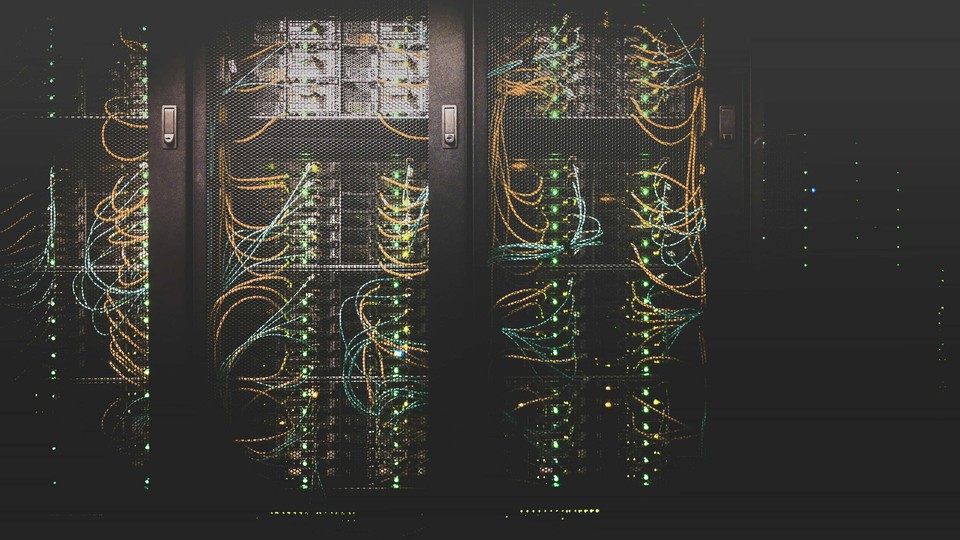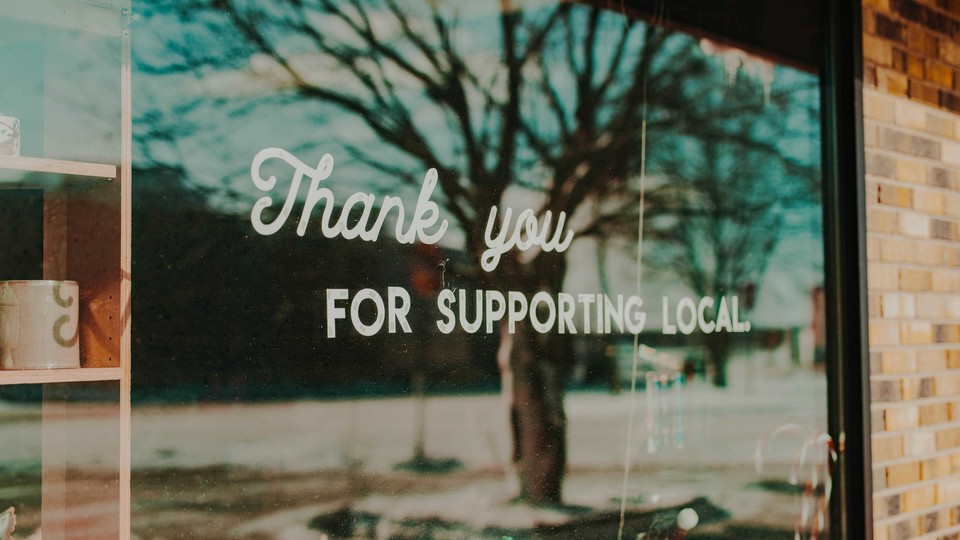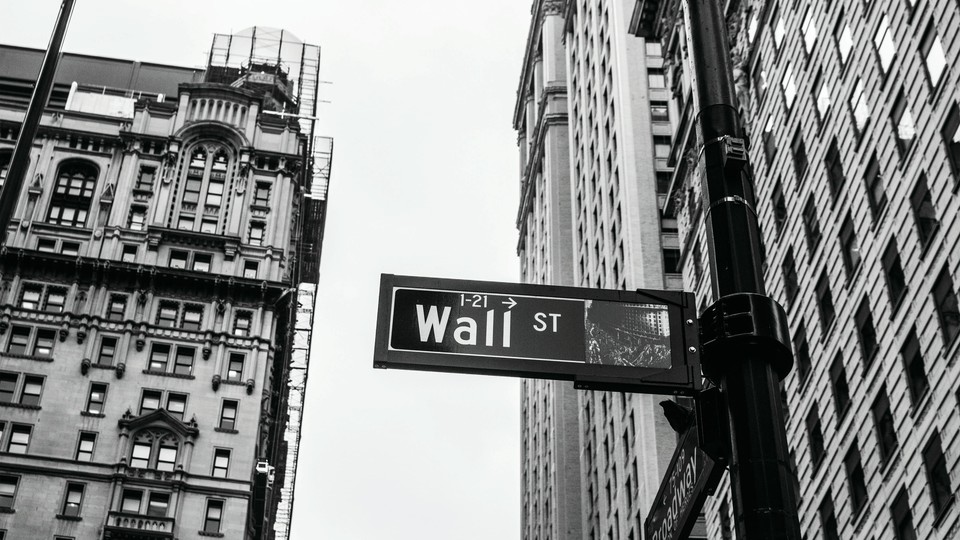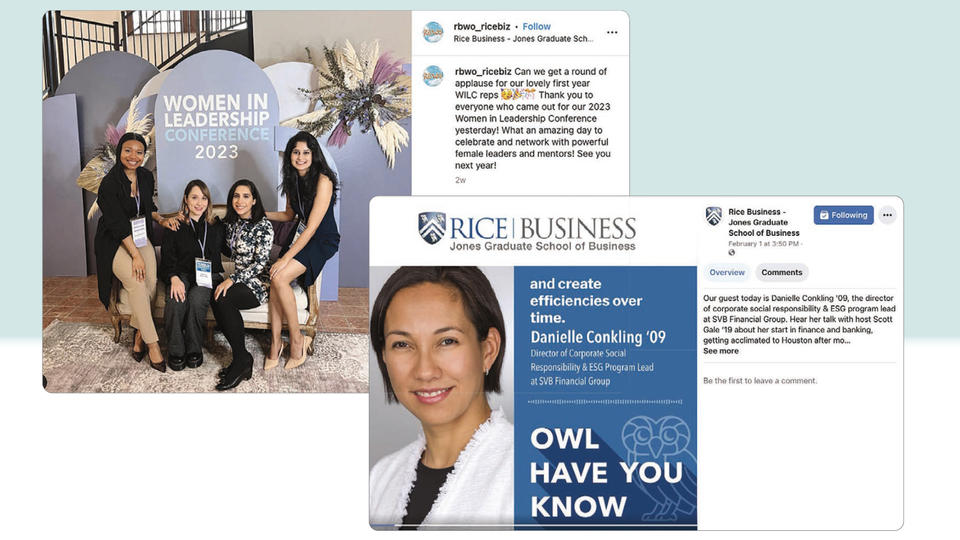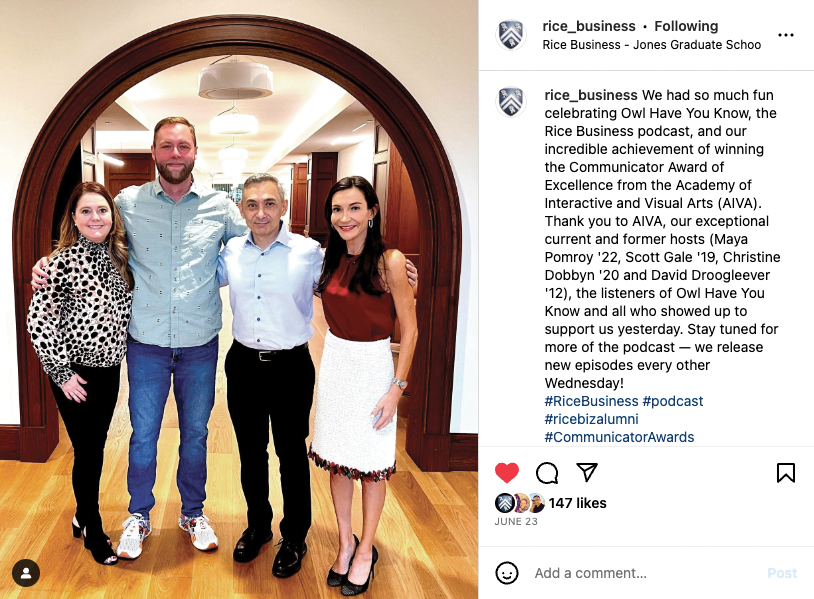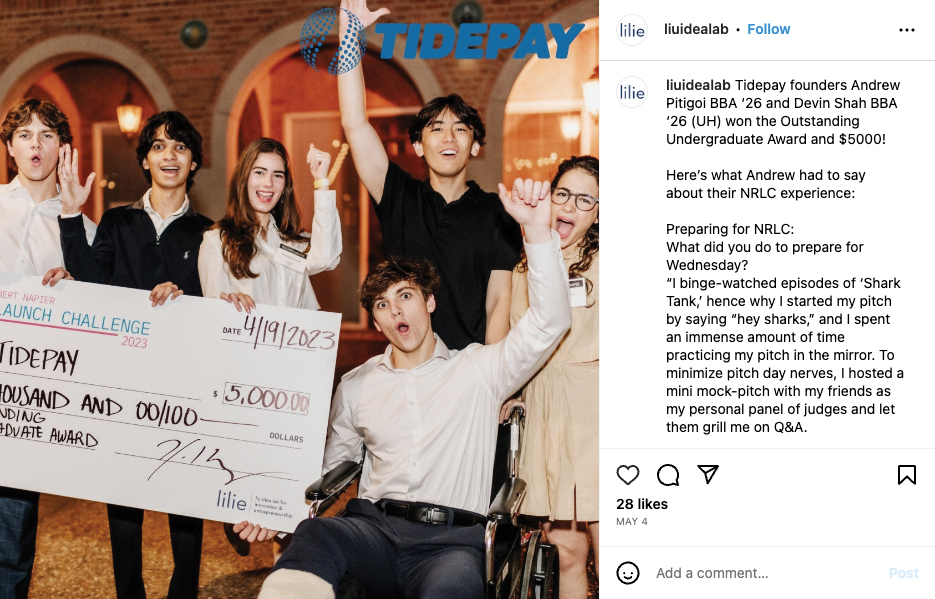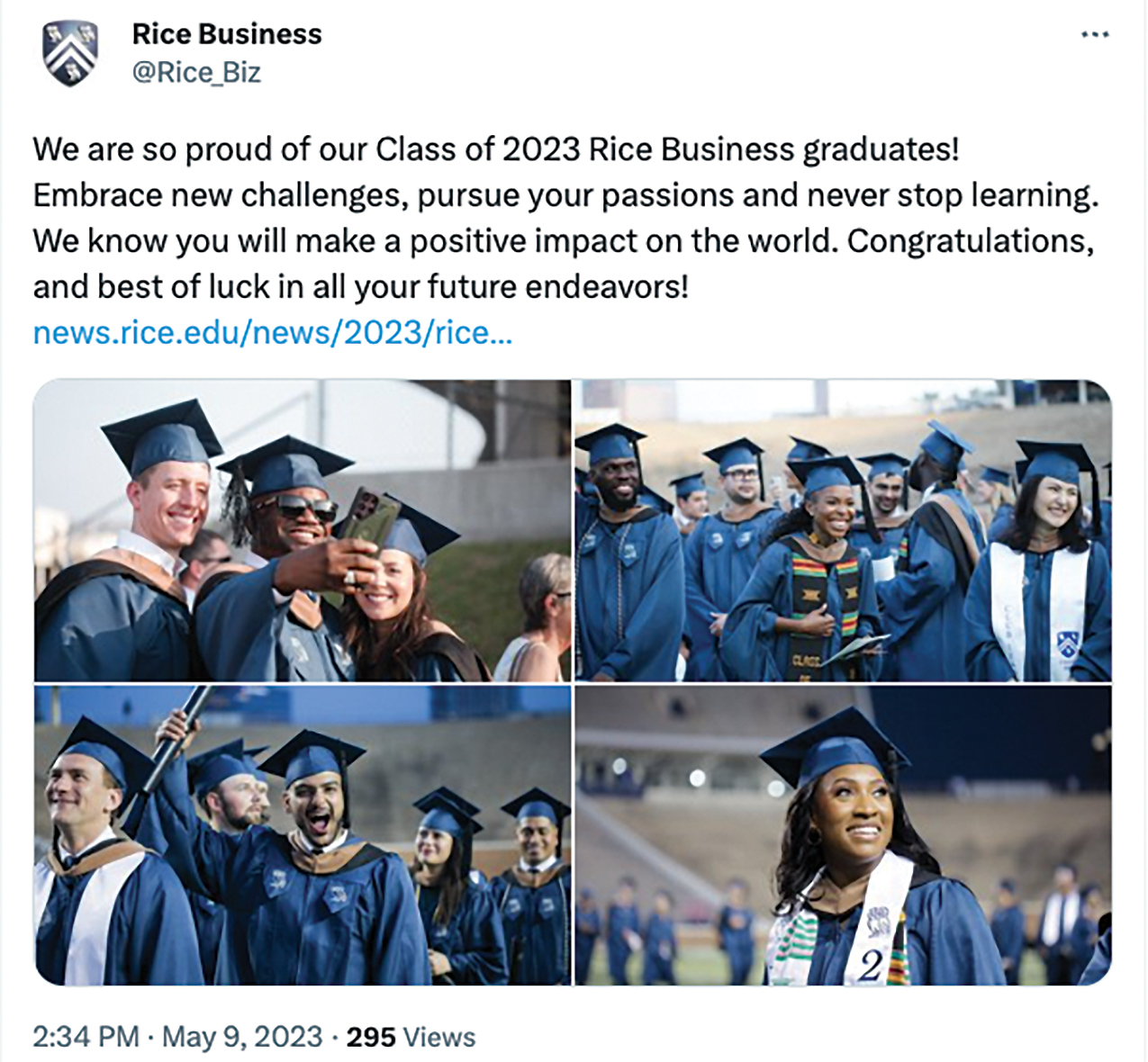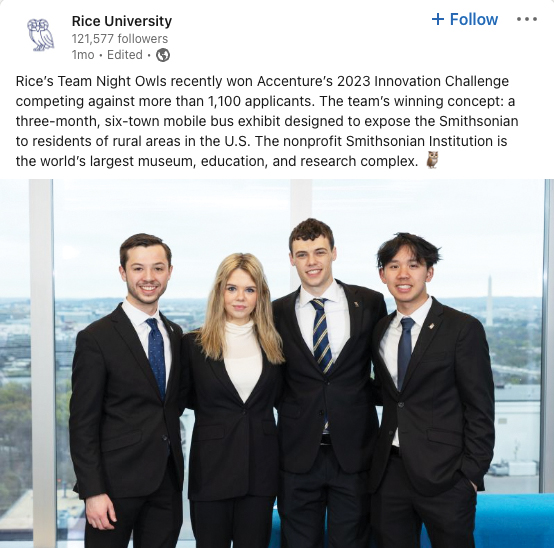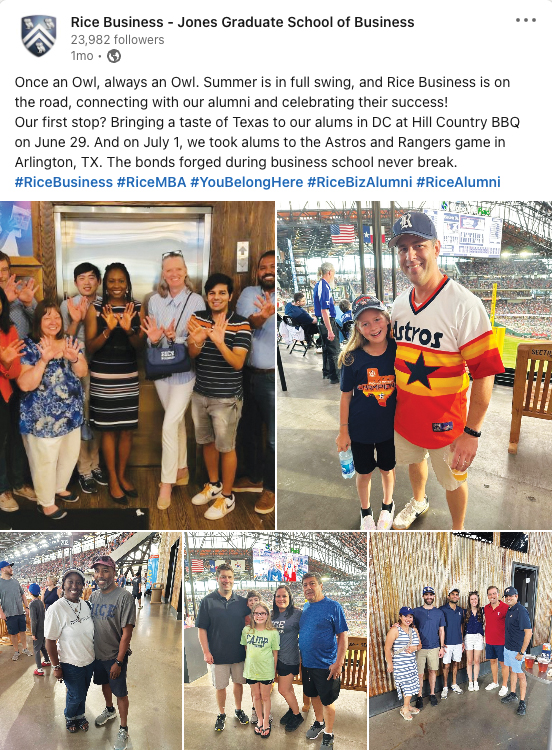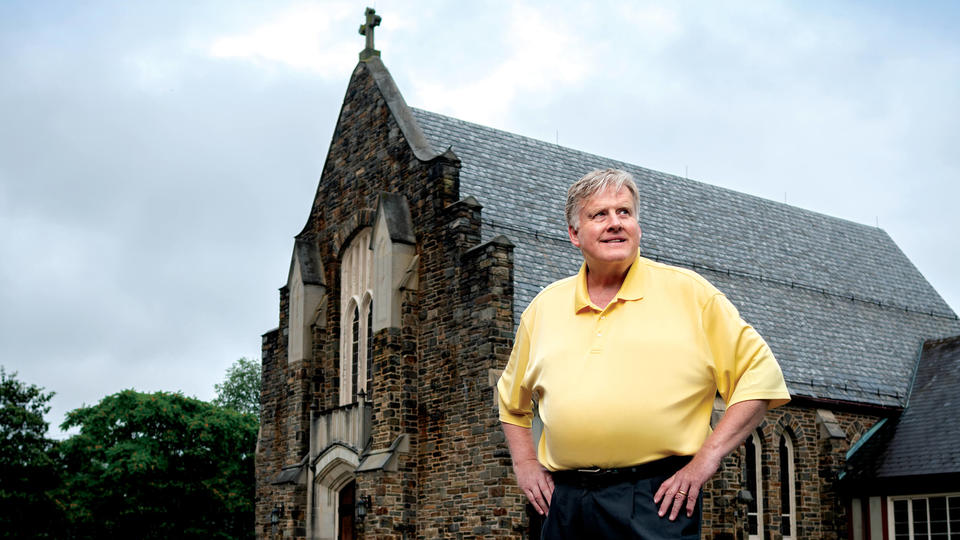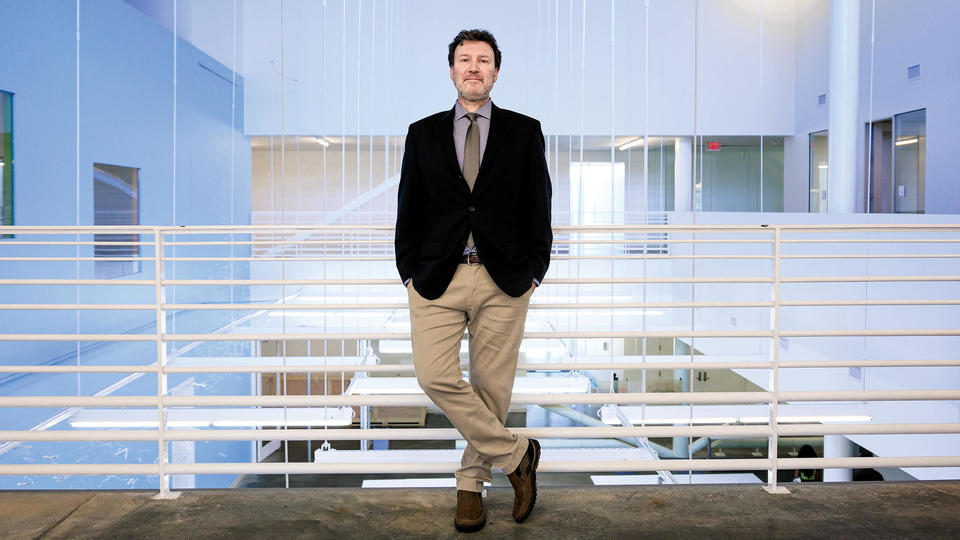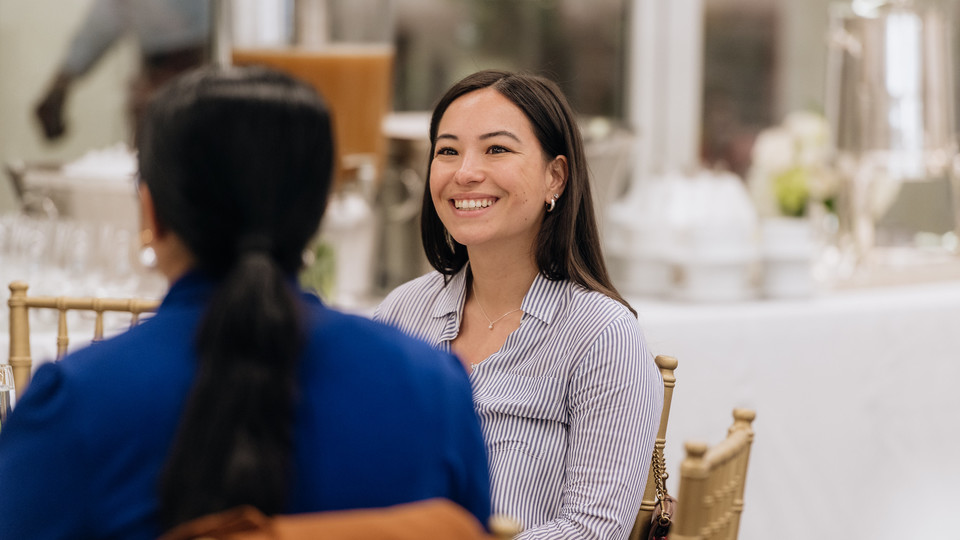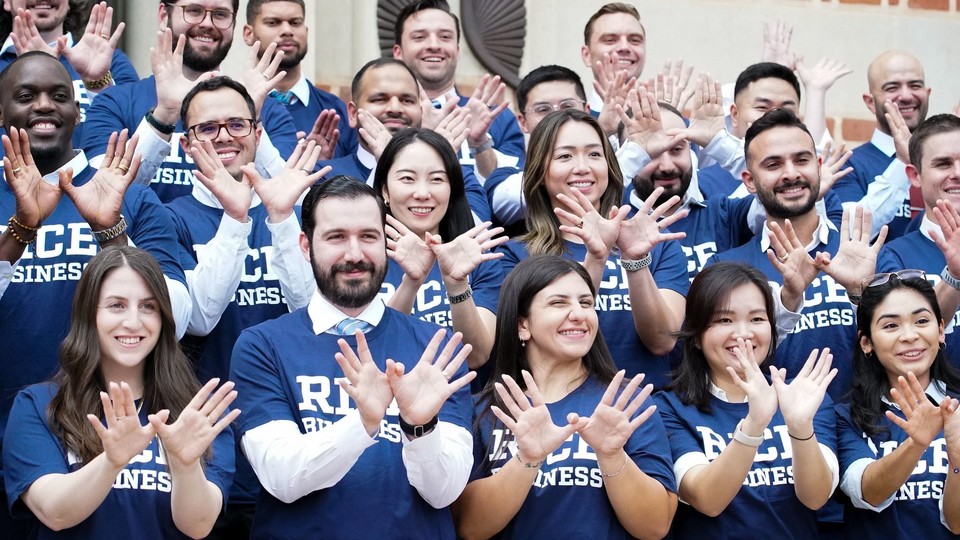Why Does the Gender Wage Gap Persist — and How Can We Fix It?
Research shows the harmful impact of myths regarding motherhood, education, and professional agency.
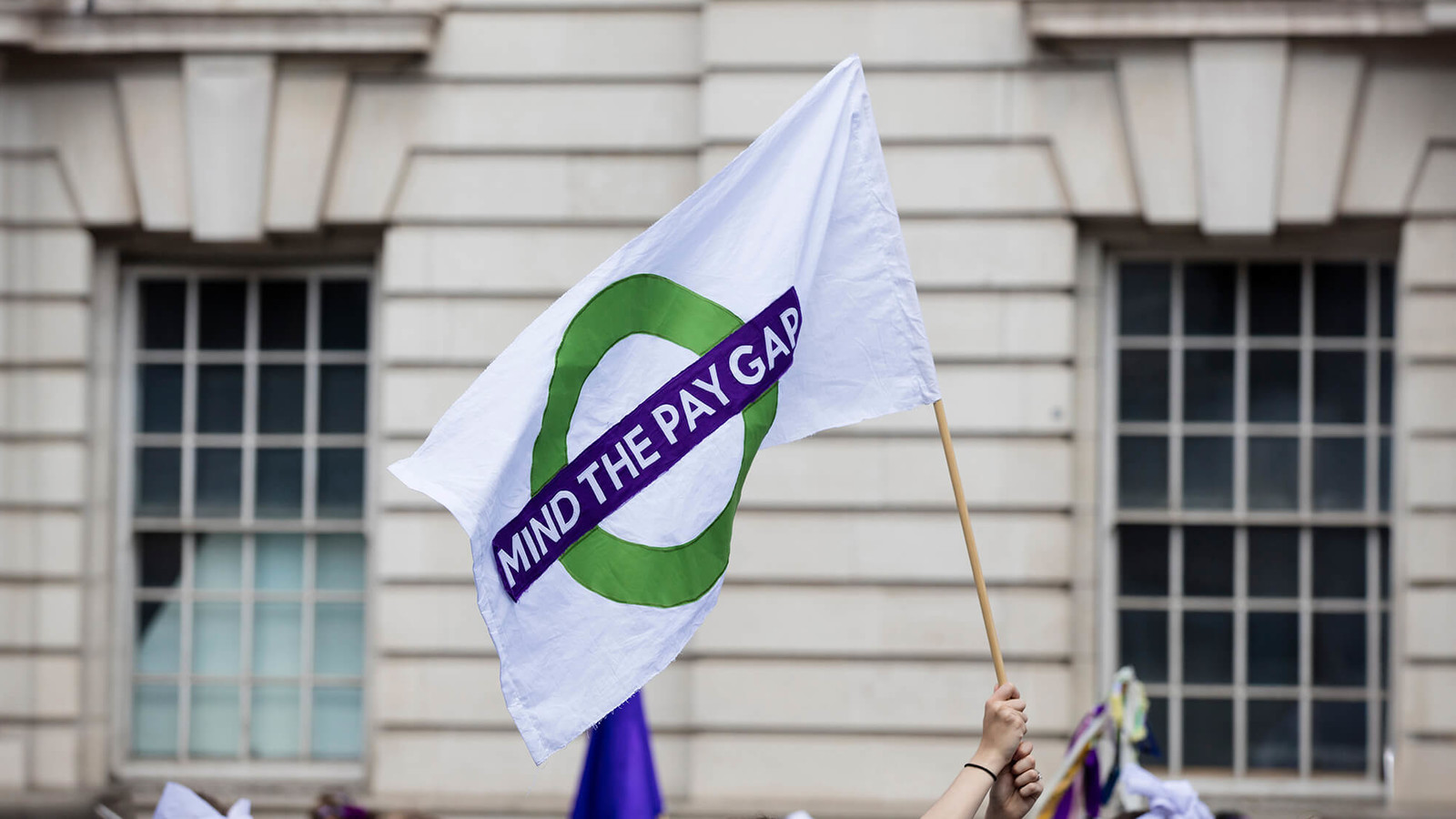
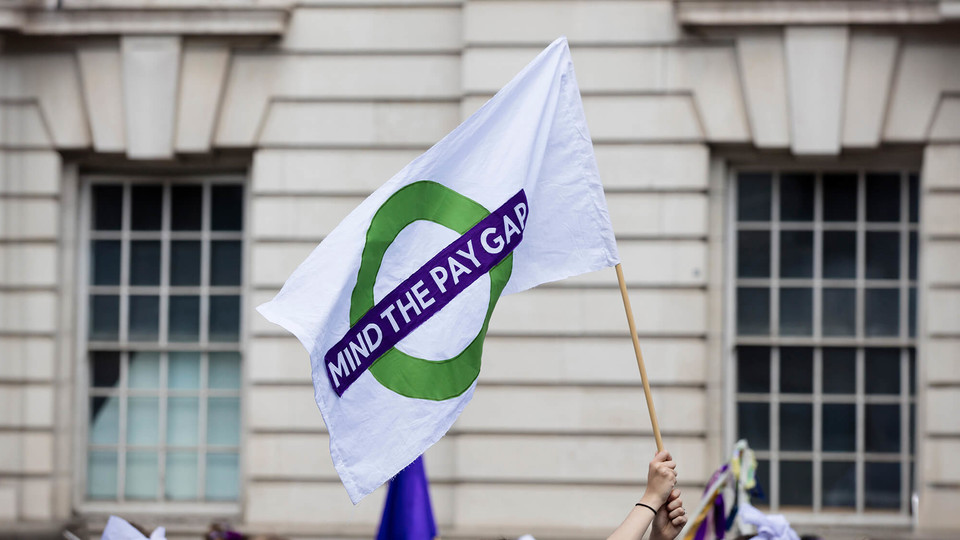
Based on research by Shannon Cheng, Abigail Corrington, Mikki Hebl, Linnea Ng, and Ivy Watson
Research shows the harmful impact of myths regarding motherhood, education, and professional agency.
- Despite progress, women in the U.S. are paid 80 cents for every dollar paid to men (on average).
- Common myths perpetuate the gender wage gap and unfairly blame women for their own economic disenfranchisement.
- There are tangible steps we can take to achieve pay equity — among the two most important: destabilize harmful myths and promote male allyship in the workplace.
Gender wage discrimination remains a stubborn problem in the United States. On average, women are paid only 80 cents for every dollar paid to non-Hispanic white men, and far greater gaps persist for Latina, Black, and Native American women. Despite progress in recent decades, we have a long way to go on this issue. At the current rate, pay inequity will persist until the distant year of 2152.
What keeps us from bridging the wage gap?
In a peer-reviewed commentary regarding research that examines workplace victim-blaming, Rice University professor Mikki Hebl and former Rice Ph.D. students Shannon Cheng, Abigail Corrington, Linnea Ng and Ivy Watson interrogate the role victim-blaming plays in perpetuating the gender wage gap. According to Hebl and her team, harmful myths regarding women’s relation to the workplace cloud our understanding of why the wage gap exists to begin with. To combat the problem, they say, we must first identify and debunk such misconceptions. And then, organizational leaders must take tangible steps to implement nondiscriminatory practices.
Here are a few of the victim-blaming myths Hebl and her team attribute to the persisting gender wage gap:
Myth: Motherhood drives women to leave the workforce.
This idea doesn’t hold up under scrutiny. In 44% of families, women are breadwinners, and 75% of single mothers are sole breadwinners. On top of workplace labor, women also spend more time on service-related activities than men and an average of 65 more minutes per day on childcare and household maintenance. Moreover, mothers often face forms of workplace discrimination that fathers simply do not. The more prominent causes of women’s decision to exit are unrelated to motherhood, such as limited career opportunities and unsatisfying work environments.
Myth: Women work in less lucrative professions.
There certainly are male and female-dominated industries. But this myth suggests that women willingly opt for lower-paying careers. It also implies that some professions do not have a problem with wage inequity. But the pay gap persists across professions, and at every level. Even in female-dominated professions, women are paid less than men who share the same level of experience.
Myth: Women don’t have as much education or experience as men, and they don’t ask for what they want.
Women now hold more college and graduate degrees than men, but they continue earning less. And as women and men gain career experience, the gender pay gap widens. Indeed, the gap is largest at the executive level. In terms of women’s experience with promotions and salary increases, stereotypes and gender biases make it challenging for them to secure equal pay for equal work. Men and women are both inclined to ask for what they want, but salary negotiations often do not yield the same results for women as for men.
Victim-blaming myths like these prevent us from making progress on the issue of pay inequity. We must actively debunk them. But just as importantly, researchers argue, company leaders must put energy and resources toward addressing the problem.
Beyond deflating misconceptions about women and work, how can we change the status quo? Based on research, Hebl and her team offer these actionable strategies and suggestions:
- Identify and remove barriers to pay equity (e.g., hold focus groups with women in the organization).
- Provide equal growth opportunities (e.g., offer equal access to mentorship).
- Strive toward work/life balance (e.g., subsidize or create on-site childcare).
- Ensure nondiscriminatory policies (e.g., publish compensation ranges).
- Promote male allyship (e.g., men in positions of influence advocate for equity).
This final strategy stands out as perhaps the most intriguing. It seems obvious to implement nondiscriminatory policies like transparency about promotion criteria. Such policies are essential for bridging the wage gap and building a culture of trust.
But what role, according to research, do male allies play in effecting a major societal and organizational change? At the very least, men can help debunk the myths that Hebl et al. describe. But more importantly, research shows that men are more likely to support gender causes when championed by other men. Male allies have immense power in advancing the cause of gender equality, which means their involvement is not just welcome but essential in the pursuit to make one dollar for men equal one dollar for women.
Michelle "Mikki" Hebl is the Martha and Henry Malcolm Lovett Chair of Psychology at Rice University and a professor of management at Jones Graduate School of Business.
To learn more, see: “Victim Precipitation and the Wage Gap.” Industrial and Organizational Psychology, 11.1 (March 2018): 144 – 151. DOI: https://doi.org/10.1017/iop.2017.100.
Never Miss A Story
You May Also Like
Keep Exploring
Seen on Social
Newsfeed
Rice Business in the news.



In wake of James Webb controversy, NASA plans to avoid naming future missions after people
Following a 2022 controversy surrounding the name of their astounding space telescope, NASA announced plans to refrain from naming missions after individuals going forward. The James Webb Space Telescope was named after NASA’s second administrator, whose critics say he was complicit in the firing of LGBTQ government employees during the “lavender scare.” Jae Chung notes that because branding is about recognition and recall, names like Space X work well. That name establishes a positive association with popular science fiction culture and reflects what the company is doing.
“With all the digital media and all the conversations or videos being recorded these days,” Chung said, “there’s always a greater chance or a greater risk associated with the idea of using a particular person’s name to name the whole mission or the whole project.”
Apr. 12, 2023 | Andrea Leinfelder


Is Your Company as Strategically Aligned as You Think It Is?
According to research by Vikas Mittal and Alessandro Piazza, many companies are not as strategically aligned as employees assume. A 500-person, 12-organization survey reveals that, on average, 82% of participants believe their company’s strategies align with other departments and levels of power. But their analysis showed a mere 23% overlap of perceived and actual alignment.
Their solution? Focus on customer value, weave strategy into daily tasks and engage in two-way dialogue. These steps bridge the gap and foster unity. Closing the strategic alignment chasm also accelerates cohesive, customer- driven growth.
May 1, 2023 | Vikas Mittal, Alessandro Piazza and Ashwin Malshe

Is it fair for car insurance companies to consider gender or age when setting premiums?
Herbert S. Autrey Professor of Marketing Ajay Kalra offers expert insight on the question of whether car insurance companies can justifiably factor age and gender for premium rates. According to Kalra, the job of insurance firms is to determine a reasonable correlation between premium and risk. So long as premium rates are based on data, then yes — it makes sense to factor certain identity characteristics.
If statistics show that a particular age group or gender is prone to higher accidents, then they are subject to higher premiums. Other criteria, like race, would be more unfair and discriminatory.
Jun. 26, 2023 | Ajay Kalra

Fierce Startup Competition Brings Victory, and Major Investment, to Texas A&M University
Rice Business is renowned for innovation and entrepreneurship — in part because of the Rice Business Plan Competition (RBPC), the world’s most lucrative intercollegiate pitch event, held annually in April. Steered by Rice Alliance for Technology and Entrepreneurship, RBPC has grown tremendously since 2001, catalyzing nearly 3,200 firms, raising over $23 billion and sparking five IPOs. This year, FluxWorks, a Texas A&M University team, clinched first place with their revolutionary magnetic gear technology, epitomizing the competition’s spirit of helping college teams from around the country seamlessly collaborate toward their end goal. This is the second time in seven years that a Texas A&M team has won the competition. In 2016, TriFusion Devices (now known as Essentium) took the top prize.
May 14, 2023 | Chris Westfall


Want more good ideas from your workers? Try giving them a reward — and a choice
A 2022 study by Jing Zhou and her colleagues reveals a potent approach for elevating both the quantity and quality of employee suggestions. Delving into a Taiwanese call center’s suggestion program, the study explores the impact of rewards and choice. Telemarketers were enticed with innovative rewards for top-tier ideas. More importantly, the employees could choose their reward among certain options.
This resulted in an 86% increase in suggestion submissions and an 82% surge in creativity. The study has profound implications for organizational innovation and worker morale.
May 16, 2023 | Jing Zhou, Aichia Chuang, Greg R. Oldham and Ryan Shuwei Hsu

Have Uber and Netflix Lost Their First-Mover Advantage?
The evolving landscape of digital giants like Netflix and Uber raises questions about the persistence of first-mover advantage. Expert panelists weigh in, with over half disagreeing that these pioneers have completely lost their edge. Some argue that while challenges loom, the incumbents hold the reins with network effects, switching costs, and entrenched user bases. Others suggest that the first-mover advantage may be temporary, especially in markets with lesser network effects like streaming. Amid varied viewpoints, Yael Hochberg finds herself among those that neither agree nor disagree with the claim.
"Netflix faces much more direct competition than Uber, and it benefits less from network effects. I think it has lost a lot of its first-mover advantage. Uber, in contrast, is still benefiting today from the first-mover advantage of having built up a massive stable of drivers and riders, which makes it harder for a new entrant to break through the noise.”
Mar. 31, 2023 | MIT SMR Strategy Forum


Minority Mental Health: Women Knowledge Workers in Higher Education Show Themselves Out
In its debut episode, the podcast “Mind of Texas” examines M. Yvonne Taylor’s groundbreaking research regarding the gender and race dynamics of prominent universities and how those dynamics impacted minoritized women during the Great Resignation of 2021-2022. In conversation and interviews, the podcast provides insight into the evolving landscape of knowledge work in Texas. The episode originally appeared on KUT & KUTX Studios – Podcasts.
Jul. 12, 2023 | Ike Evans and Richard J. Reddick

Keep Exploring
Our Contributors
Meet the contributing writers to this edition of Rice Business Magazine.
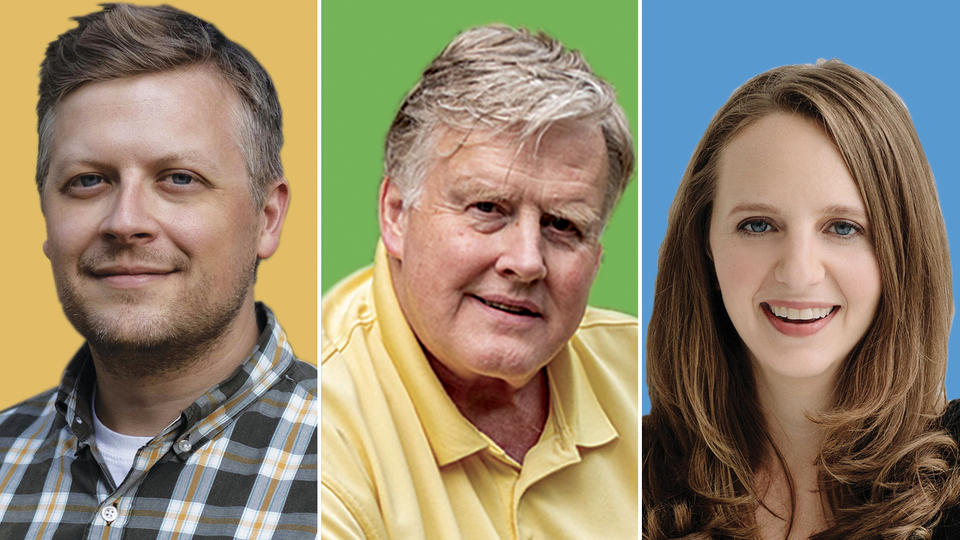
What’s the one place in the world you have never seen, but would like to visit?
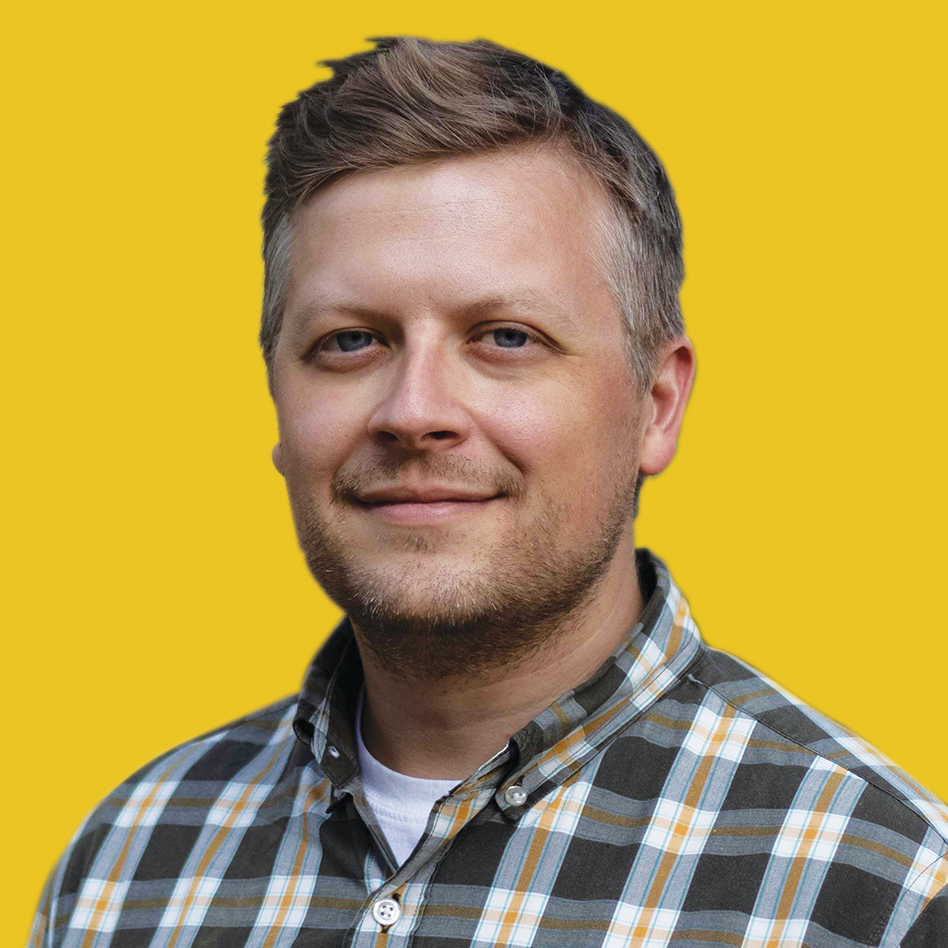
Scott Pett
My in-laws are from Guatemala, which means my two kids are from there as well. So, Lake Atitlan, the deepest lake in Central America, is at the top of my wish list. It’s like Lake Como but surrounded by volcanoes. Seeing a sunrise there would be a dream.
Learn more about Scott
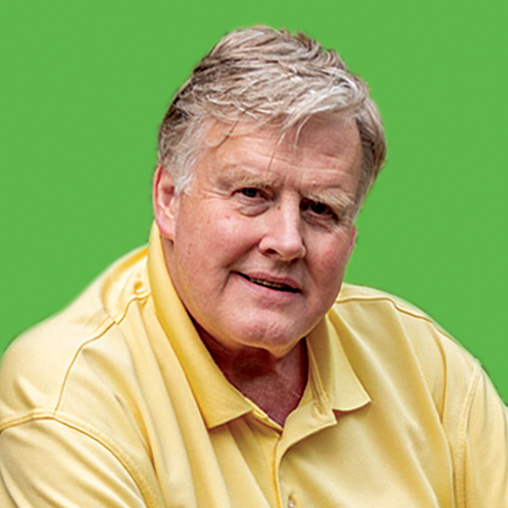
Rick Reinhard ’82
The Holy Land holds the most fascination for me —where the Christian, Jewish and Muslim religions all come together — though at the moment, returning to tubing down the Trinity River in New Braunfels provides some serious allure.
Learn more about Rick

Deborah Lynn Blumberg
I’d like to visit the towns in the French countryside that I discovered my great-grandfather Gertz was stationed in after I read the more than 100-year-old love letters he sent my great-grandmother during World War I.
Learn more about Deborah
Dean
Peter Rodriguez
Executive Director
Marketing and Communication
Kathleen Harrington Clark
Editor-in-Chief
Maureen Harmon
Editors
Weezie Mackey
Scott Pett
Design Director
Bill Carson Design
Marketing
Kateri Benoit
Chelsea Clark ’23
Tricia Delone
Dawn Kinsey
Annie McDonald
Wafa Mohamed ’24
Michael Okullu
Kevin Palmer
Ananya Zachariah
Contributing Writers
Deborah Lynn Blumberg
Larry Clow
Maureen Harmon
Weezie Mackey
Scott Pett
Rick Reinhard ’82
Proofreader
Jenny West Rozelle
Contributing Photographers
Bill Carson
Jeff Fitlow
An Le
Annie McDonald
Mike Morgan
Contributing Illustrator
John W. Tomac
Printing
RRD Houston
Keep Exploring
Celebrating Hispanic Heritage Month
Hispanic Heritage Month celebrates the diverse Hispanic and Latino/a/x/e cultures and their societal contributions.
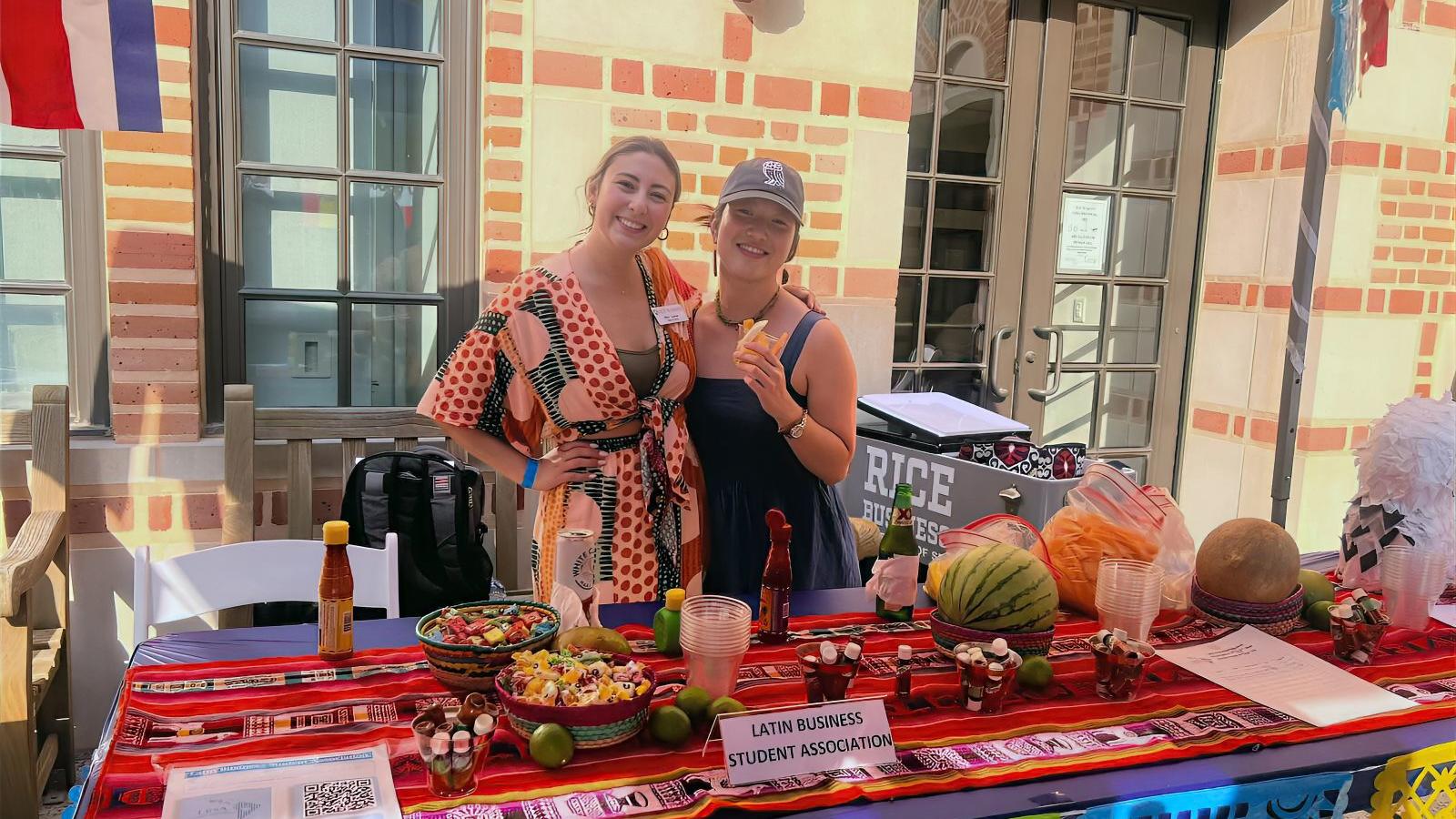
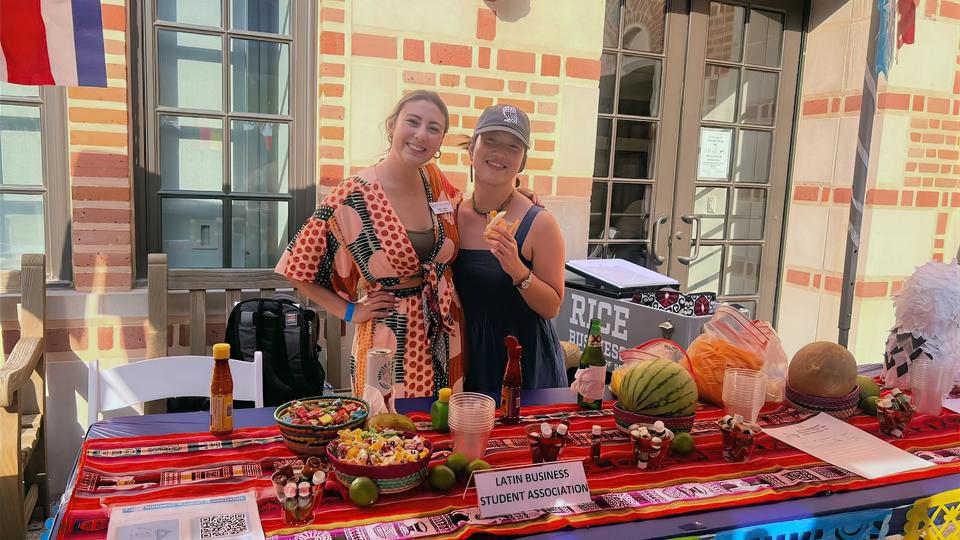
Hispanic Heritage Month is a time to celebrate the diverse tapestry of Hispanic and Latino/a/x/e cultures and their contributions to our society. This month is an opportunity to engage in meaningful dialogue around the complexity of Latinidad and elevate voices within the community.
We are proud to honor Hispanic Heritage Month, a vibrant period dedicated to celebrating the rich cultural contributions of the Hispanic community. Through a variety of events, we aim to deepen our understanding and appreciation of the diverse backgrounds by sharing the stories and perspectives of three remarkable MBA students from Rice Business, each with a unique background and set of experiences that embody the spirit of this month
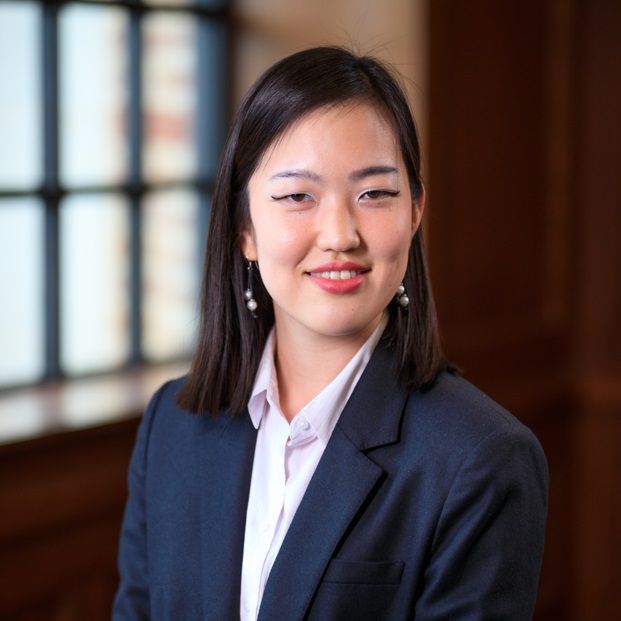
Sonia Yuri Miyazono Ushijima: Proudly Mexican with a global perspective
Sonia, a Full-Time MBA student, originally comes from Aguascalientes, Mexico. She embarked on her MBA journey in the United States just last year, and this experience has deepened her connection to her Mexican identity and roots.
“Being out of my country has made me prouder of my identity as a Mexican,” Sonia says, “and Hispanic Heritage Month holds a special place in my heart. This month celebrates all facets of ‘Latinidad,’ uniting everyone. I have Japanese ancestry, was born and raised in Mexico, identify as Mexican, and feel part of the broader Latine community. The diversity within Latinidad is incredible.”
Another aspect of her experience at Rice Business is Houston’s status as the most ethnically diverse city in America. Houston’s diversity fosters adaptability and flexibility, making it possible to attract talented professionals in every industry.
For Sonia, the Rice MBA has broadened her intellectual and professional horizons. She advises prospective students, “Embrace the opportunities and resources available to you, and keep an open mind.”
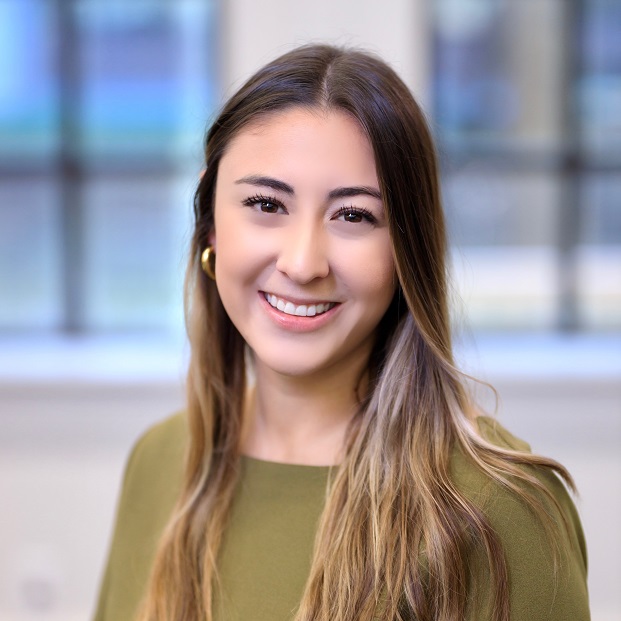
Nikki Suarez: Celebrating dual heritage and fostering unity
Nikki, a Professional MBA student hailing from La Paz, Bolivia, brings a rich blend of cultures to Rice Business. Her dual heritage as a Bolivian and Mexican Latina are a source of pride and inspiration during Hispanic Heritage Month.
According to Nikki, “Hispanic Heritage Month is an opportunity to reflect on my unique heritage as someone with multiple cultural identities. It's an honor to celebrate the contributions of people of Hispanic descent, including my own relatives. This month brings into focus the distinct flavors, music and histories of Latinos, and I'm thrilled to share my heritage with others.”
Nikki serves as a testament to the power of the Latin Business Student Association (LBSA). She highlights the importance of LBSA in promoting camaraderie among members and fostering unity within the broader student body. Through social events, workshops, networking opportunities and the Amigue Program — a mentorship program for first-year MBAs at Rice Business — LBSA creates a sense of belonging.
To prospective students, Nikki advises, “Embrace this extraordinary experience. Lean into what makes you unique. And build a support network. Show up as your authentic self, and you'll find the confidence and strength to succeed.”
Interested in Rice Business?
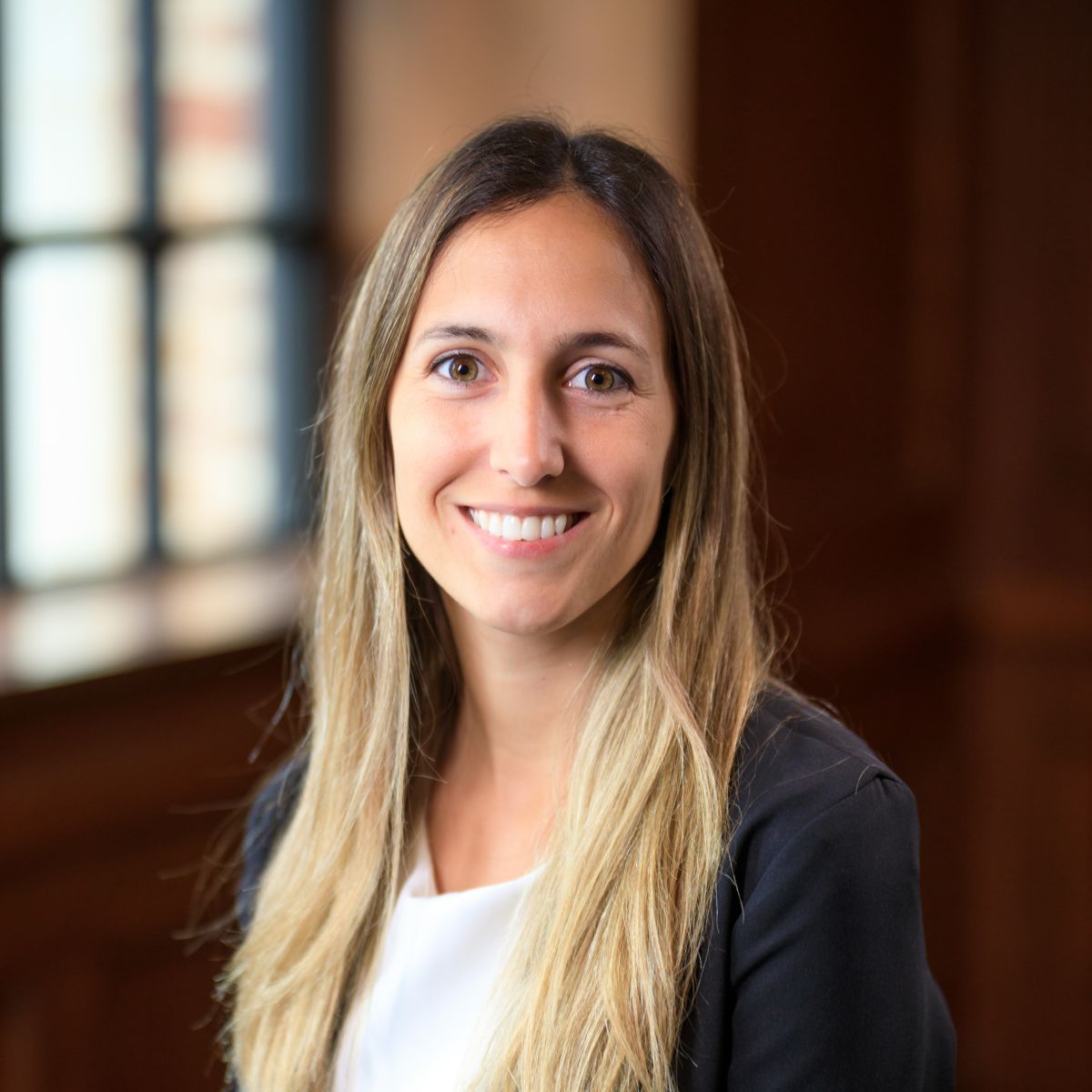
Nicole Conforti: Championing Latin American culture and resilience
Nicole brings a unique blend of experiences to her MBA journey at Rice Business. Born in Michigan and raised in Argentina, the Full-Time MBA student represents both countries with pride and is deeply passionate about inspiring fellow Latines to achieve their goals.
Nicole’s extensive international exposure, combined with her marketing background, makes her appreciate Houston's diversity as a tremendous asset to the business landscape. Diversity encourages innovation and adaptability, and it helps position the city as a dynamic and inclusive business hub.
For Nicole, the Rice MBA program has been instrumental in advancing her professional objectives. The support of faculty and staff, combined with enriching courses and a supportive community, has been pivotal in her career growth.
To prospective students, Nicole offers valuable advice: “Approach the MBA journey with an emphasis on passion, people and purpose. Foster a strong sense of ‘familia’ within the MBA community, where you feel at home and actively care for others.”
Belonging at Rice Business
Rice Business offers a wide array of activities and educational opportunities during Hispanic Heritage Month. These events serve not only to celebrate but also to educate and inspire our students and faculty from all walks of life. We encourage you to come visit us on campus or online to learn more why you belong here.
Leonardo Hinojosa is an assistant director of recruiting and admissions.
You May Also Like
Keep Exploring
Letter from the Editor
“Our location allows us to do what great educational institutions do best: give our students and faculty the resources and connections they need to solve global problems for the betterment of all.”
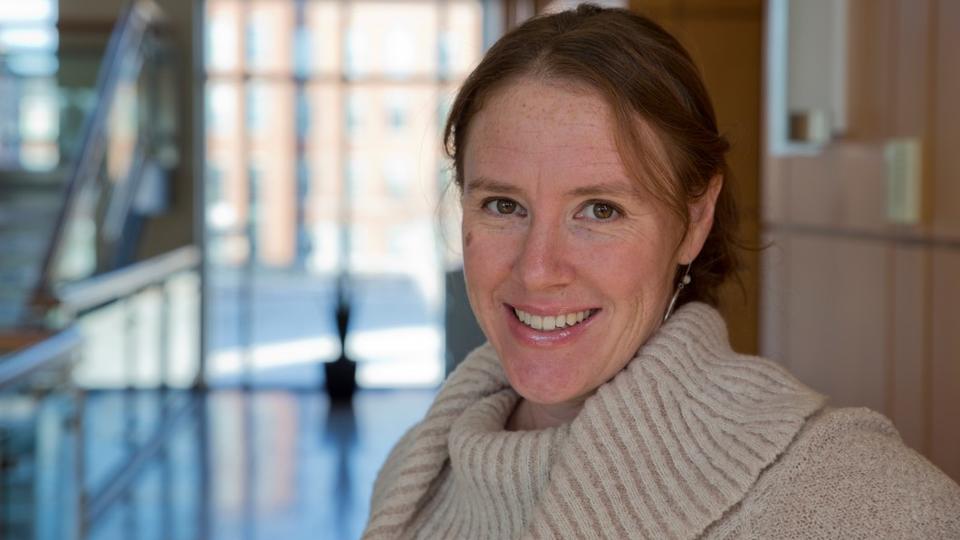
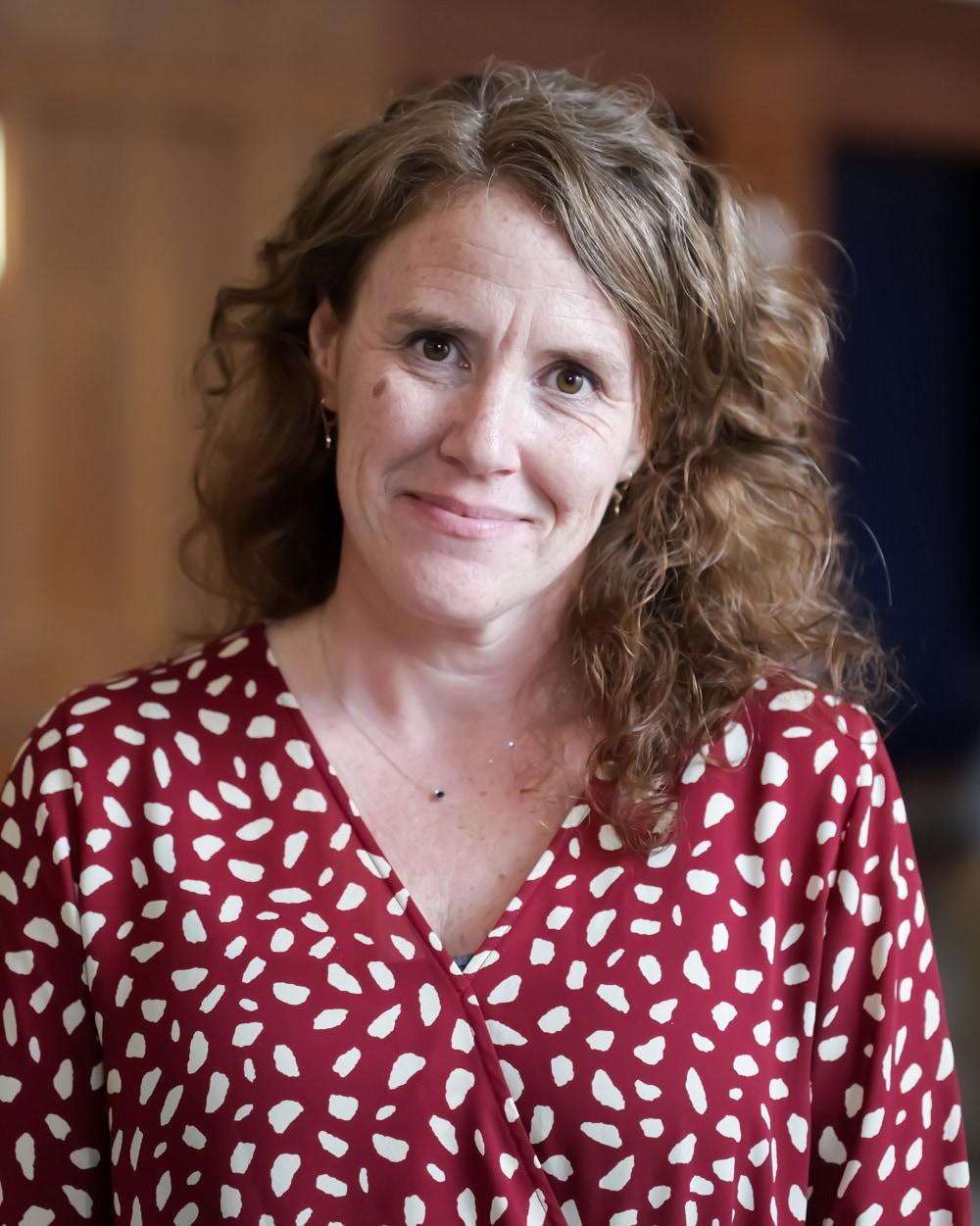
The first year in any new job is getting to know the people, the culture and the place — and I have spent the last few months doing just that. I’ve sipped Audrey’s coffee with staff to learn more about the services and opportunities we offer students. I’ve talked with faculty members to learn more about their research. And I’ve had great conversations with alumni about their career paths and story ideas.
When work is all said and done at the office, I’ve spent a lot of time getting to know the very cool city of Houston — its neighborhoods, like the Heights and Montrose; its outdoor walking spots, including Hermann Park and the new land bridge in Memorial Park; and its food, from the obvious Tex-Mex and barbecue delights to the extensive global cuisine that Houston offers, including any African, French, Mexican, Indian or Asian dish you’re after.
But our location gives us so much more than delicious meals and trendy neighborhoods. We sit at the center of one of the largest, most diverse cities in the U.S. with more Fortune 500 companies than any other city except New York City. This allows us to do what great educational institutions do best: give our students and faculty the resources and connections they need to solve global problems for the betterment of all.
One of those global issues is the coming energy transition. Our location in the energy capital of the world puts Rice in an ideal spot to study one the largest issues of our time. The decades-long transition to cleaner energy will be daunting as businesses try to grapple with the right decisions to move forward. To prepare, Professor Nicola Secomandi recently took on a new role at Rice Business: senior advisor to the dean on energy transition. Secomandi will be the first to tell you that he doesn’t have definitive answers. But he does know Houston is a great spot to find them, to have these conversations, to conduct this research and to collaborate with partners in the city. — Maureen
Our location allows us to do what great educational institutions do best: give our students and faculty the resources and connections they need to solve global problems for the betterment of all.
Email: maureen.harmon@rice.edu
Keep Exploring
Class Notes
News and Notes from Rice Business Alumni.
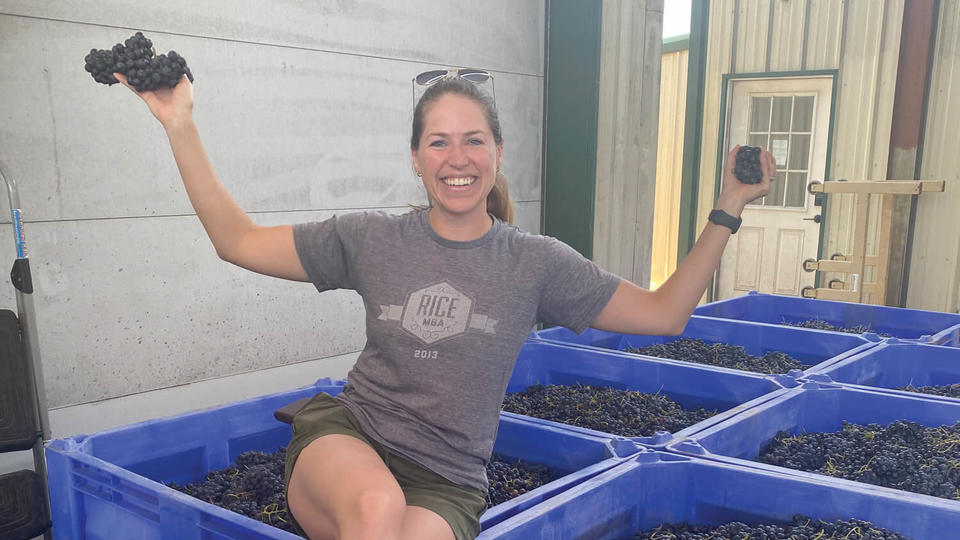
News and Notes from Rice Business Alumni
1989
Joann Barry ‘89
In early August there was a long overdue email exchange between classmates from the Class of 1989 for whom Rice has valid email addresses. Many addresses have expired, though, and the contact list needs a major refresh. Please send Joann Barry your email and/or cell phone number. She and Amrish Macedo are working hard on gathering the class for their 35th reunion this spring. Her email is joannbarry1@gmail.com.
2002
John Montgomery ‘02
John was re-elected to West University Place City Council in May 2023, and he is serving his second term as mayor pro tempore.
2006
Jennifer Ortegon ‘06
Jennifer accepted a new position as strategic enterprise sales manager at Harness, a Silicon Valley-based technology company offering an end-to-end software delivery platform.
2008
Craig Ceccanti ‘08
Craig celebrated an exit from Pinot’s Palette, Houston’s first and premier upscale BYOB painting studio, in February 2023. He had been a founding member and CEO. Special thanks to all Rice faculty, staff and alumni who helped support an amazing 13 years. In June, Craig joined Softeq as chief operating officer and managing partner of Softeq Venture Fund.
2011
Dylan Hedrick ‘11
On May 6, 2023, Dylan was re-elected to his third and final term as a councilman for the city of Garland, Texas. He hopes to continue the implementation of the 2019 Bond Program, as it is 75% complete, and looks ahead to what is next for the city of Garland.
Macy Middleton ‘11
Macy announces the grand opening of the Chambers County Children’s Museum, for which she is board president. Located in Mont Belvieu, 35 miles east of Houston, the museum has a wide range of educational activities for kids. The showcase educates visitors on the oil and gas industry through nine exhibits that demonstrate various concepts and processes through hands-on play. The museum is proud to have the support of more than 60 corporate sponsors and foundations, who generously gave $4.2 million to provide rural Chambers County with play- centered learning.
2012
Stephen Cullar-Ledford ‘12
Stephen and Thedra Cullar-Ledford have moved from Houston to Rensselaerville, New York.
2014
Celeste Barretto Milligan ‘14
Celeste is happy to share that she and her husband, Anaye, joined their families and got married in March 2023, the icing on the cake of a nearly 15-year friendship. Celeste moved back to Houston after a nearly two-year stint in Dallas, where she served as a chief academic officer of a DFW school district. She recently spent three years as a senior leader in a local public charter school system. Celeste is now a full-time entrepreneur, building her coaching and consulting practice from a long-term side gig to a fully functional firm. Her expanding firm currently serves nonprofits, school districts, government entities and businesses in Texas, New Mexico and California.

Jennifer Rossi ‘14
In addition to management consulting, Jenn continues making and selling wine for a cause. Her company, The Cause Urban Winery, has five wines for sale and many more in the works. She really enjoyed sharing her wines at Alumni Reunion and the RBPC this year!
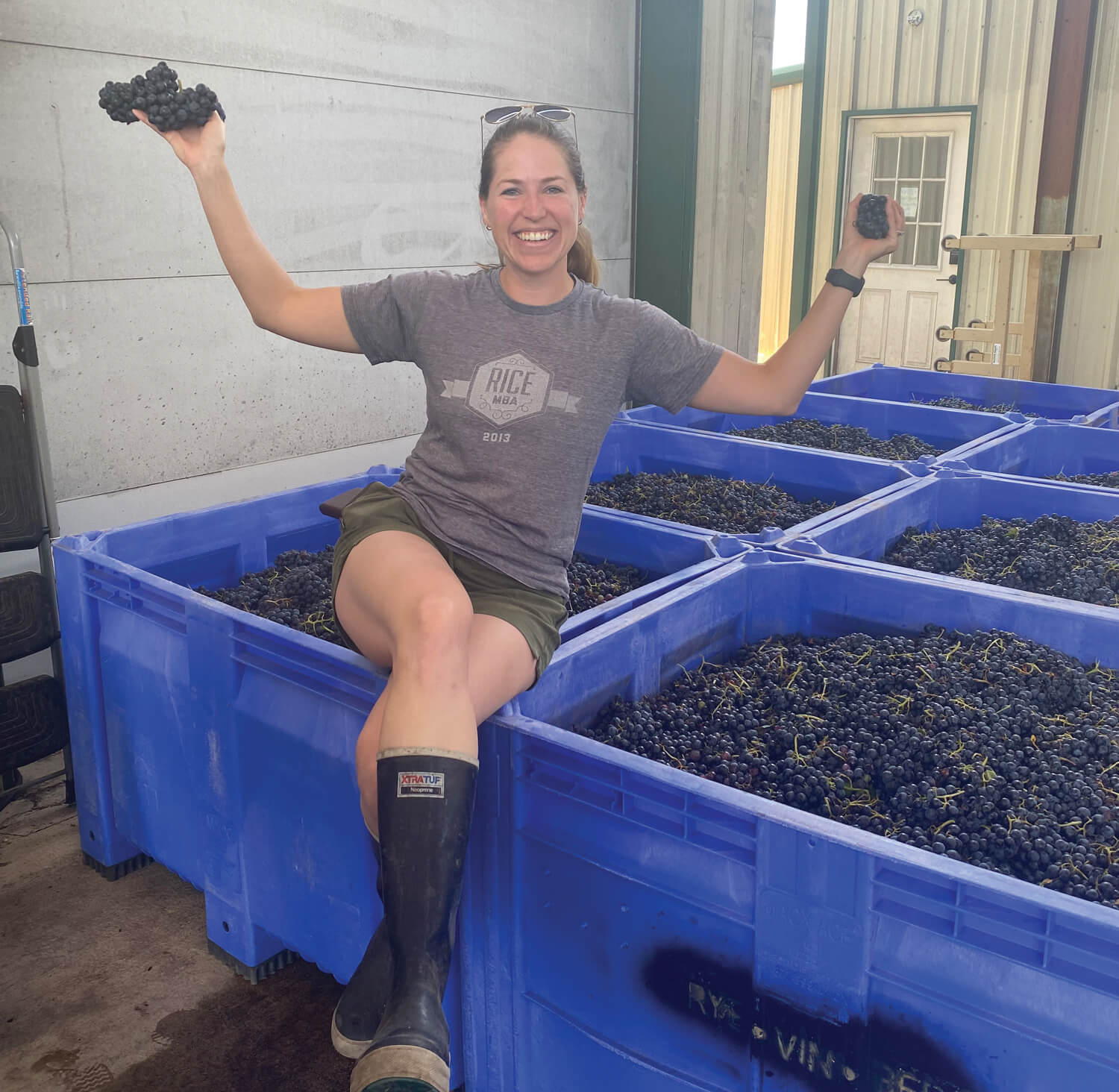
2015
Brian Nolan ‘15
Kelly and Brian welcomed their third child, Quinn Eloise Nolan, in April. She joins Madeleine (born in 2018) and Owen (born in 2021). Everyone is doing well, and they are adjusting to life as a family of five.

2017
Charu Jain ‘17
Charu is thrilled to announce that Gasochem International has been recognized in this year’s Inc. 5000 list, securing an impressive rank of 393 in 2023 and 3,328 in 2022! This achievement is a testament to the hard work, dedication and innovation that the team embodies, and this accomplishment wouldn’t have been possible without the support of the incredible team members, partners and clients. Charu was interviewed by Inc. 5000 about her uphill battle to grow Gasochem from scratch, overcoming entrenched sexism even within her family and challenges from chemical industry peers. Charu would like to extend her thanks to Rice University. The unwavering support and resources they provide played a pivotal role in her journey and accomplishments.
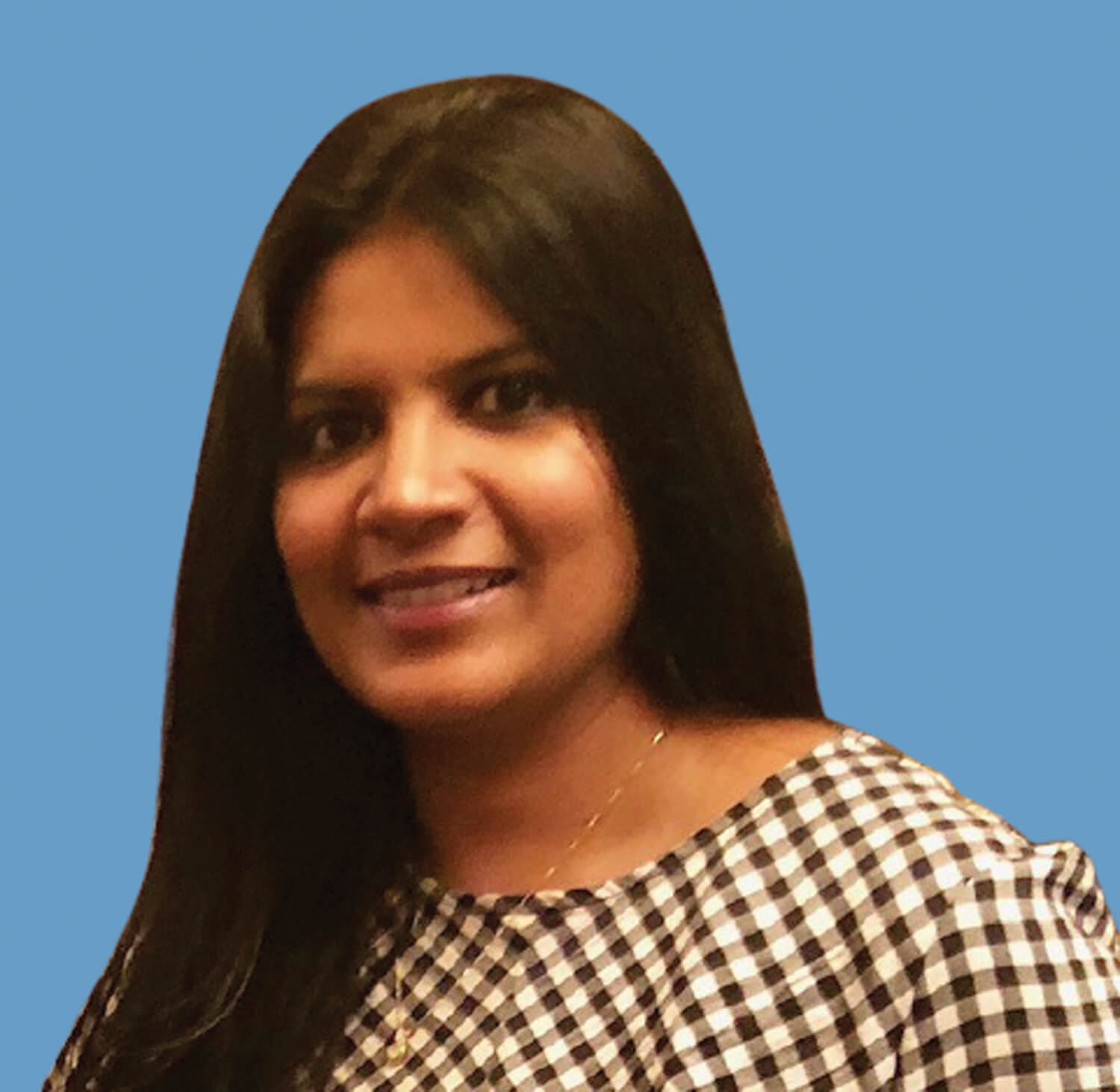
2018
Darrell Morris ‘18
After graduating in 2018, Darrell acquired Well Done Cooking Classes. They have recently moved to the bustling Spring Branch area at 8207B Long Point Road with their neighbors Feges, Slow Pokes, Blind Goat, Stuffed Belly Cosmic Ice Cream and more!

2019
Heather Mellinger ‘19
Besart Dibra and Heather Mellinger were married October 2019 surrounded by many of their Rice friends. They were overjoyed to welcome their new little Owl, Thomas, in April this year.
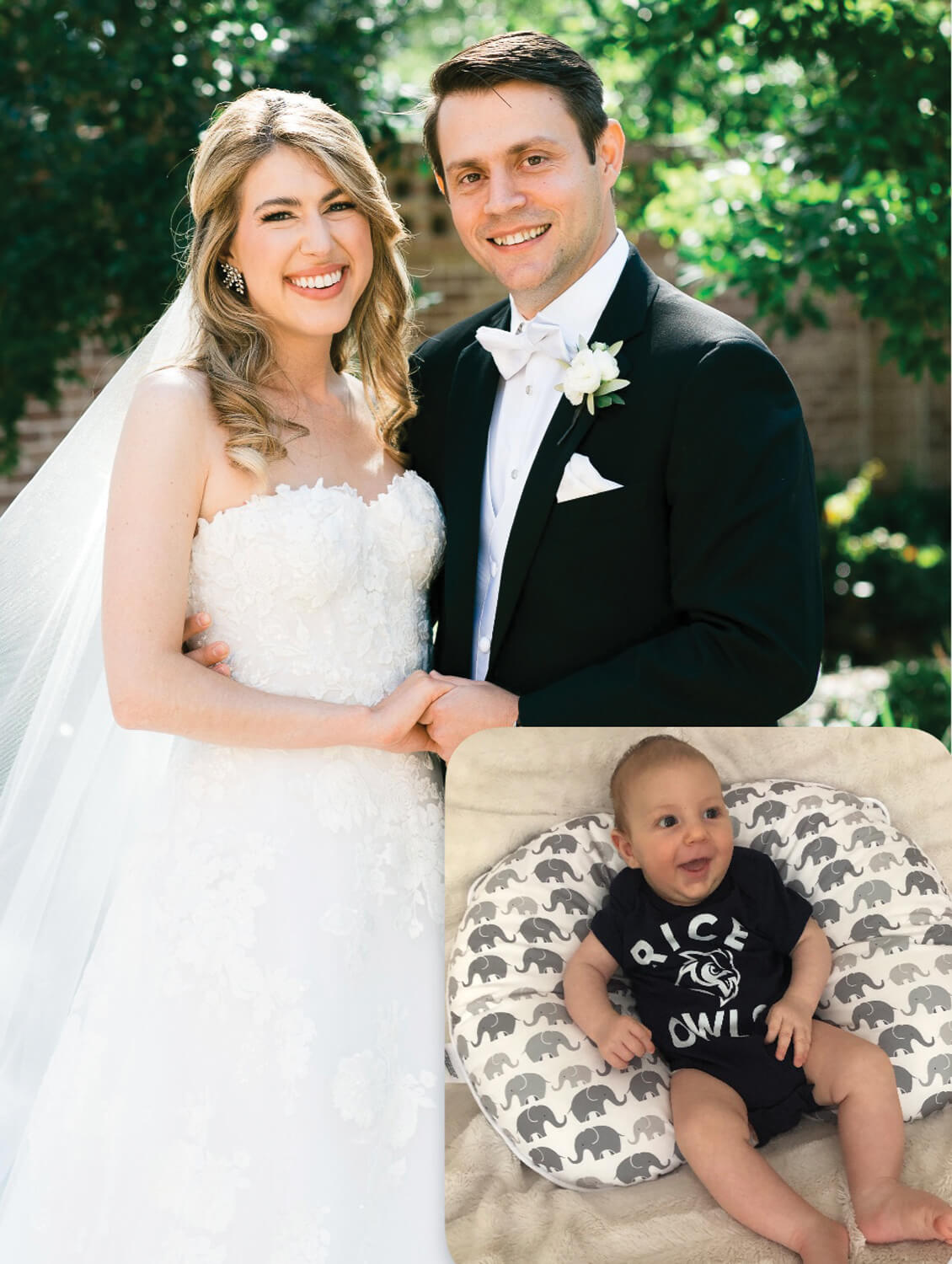
Marc Spieler ‘19
Marc Spieler and his wife, Shelly, now have two Scenthound franchise locations in Houston. While Marc continues to lead NVIDIA’s global energy vertical, Shelly runs the day-to day operations of the routine hygiene and grooming businesses. Having three of their own four-legged family members, they saw the brand as an opportunity to bring the routine hygiene care all dogs need to busy households like theirs in the River Oaks and Meyerland areas of Houston, with a Heights location coming online in early 2024.
2020
Stacy Callahan ‘20
Stacy and Conor Callahan (Ph.D. ’19) welcomed their first child, Dylan Thomas, on July 22.

2021
Brian Jackson ‘21
Brian accepted a new role as the manager of renewables origination at TransAlta Corporation, where he oversees the company’s renewable energy power purchase agreement origination activities in the United States.
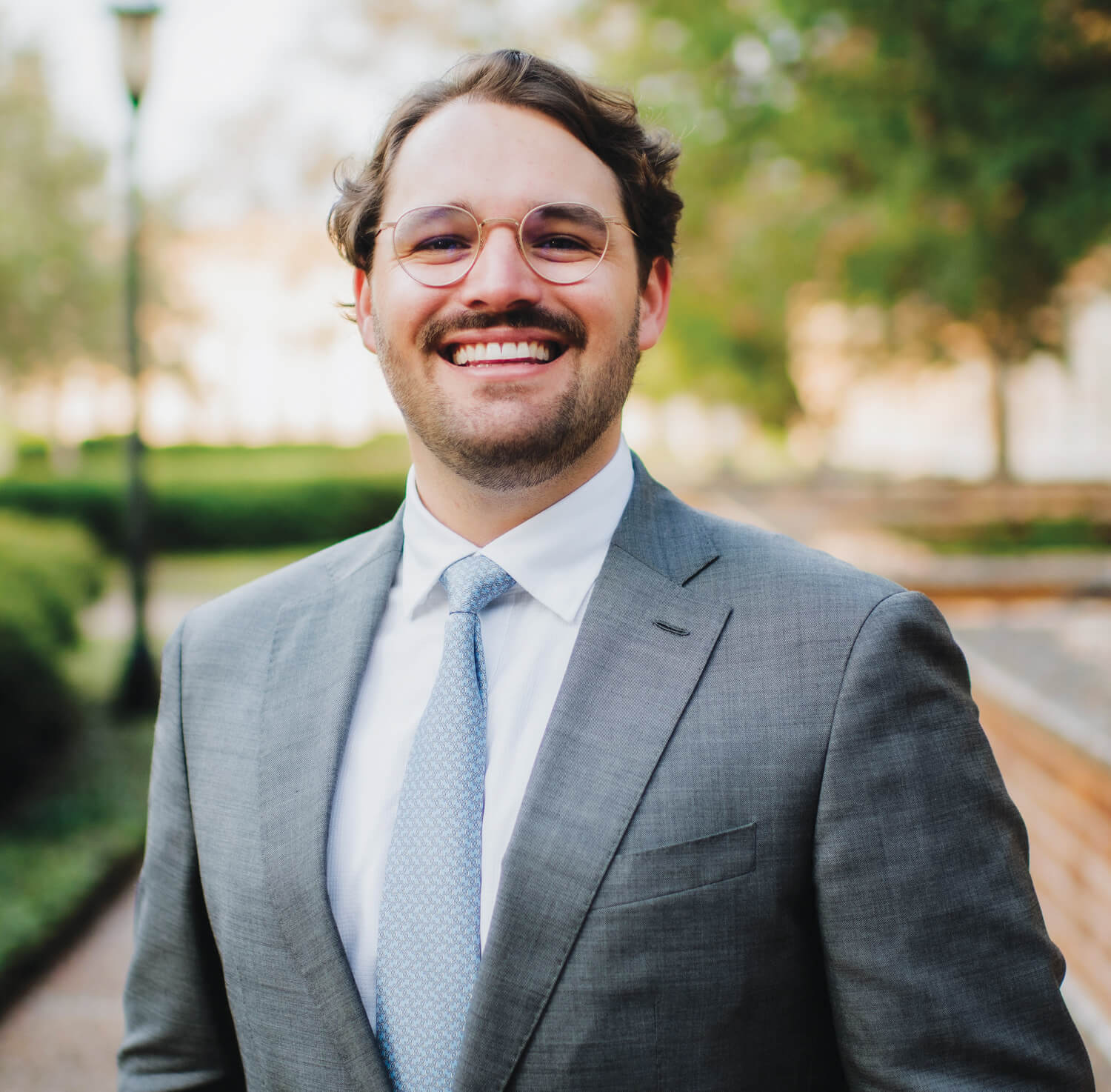
Marco Meneses ‘21
Following his graduation in 2021, Marco embarked on his entrepreneurship through an acquisition adventure. In 2023, he accomplished the acquisition of American Directional Technology, a company specializing in the manufacturing of downhole drilling tools. Subsequently, Marco and his family made the move to Oklahoma, where he is now operating the business full time.
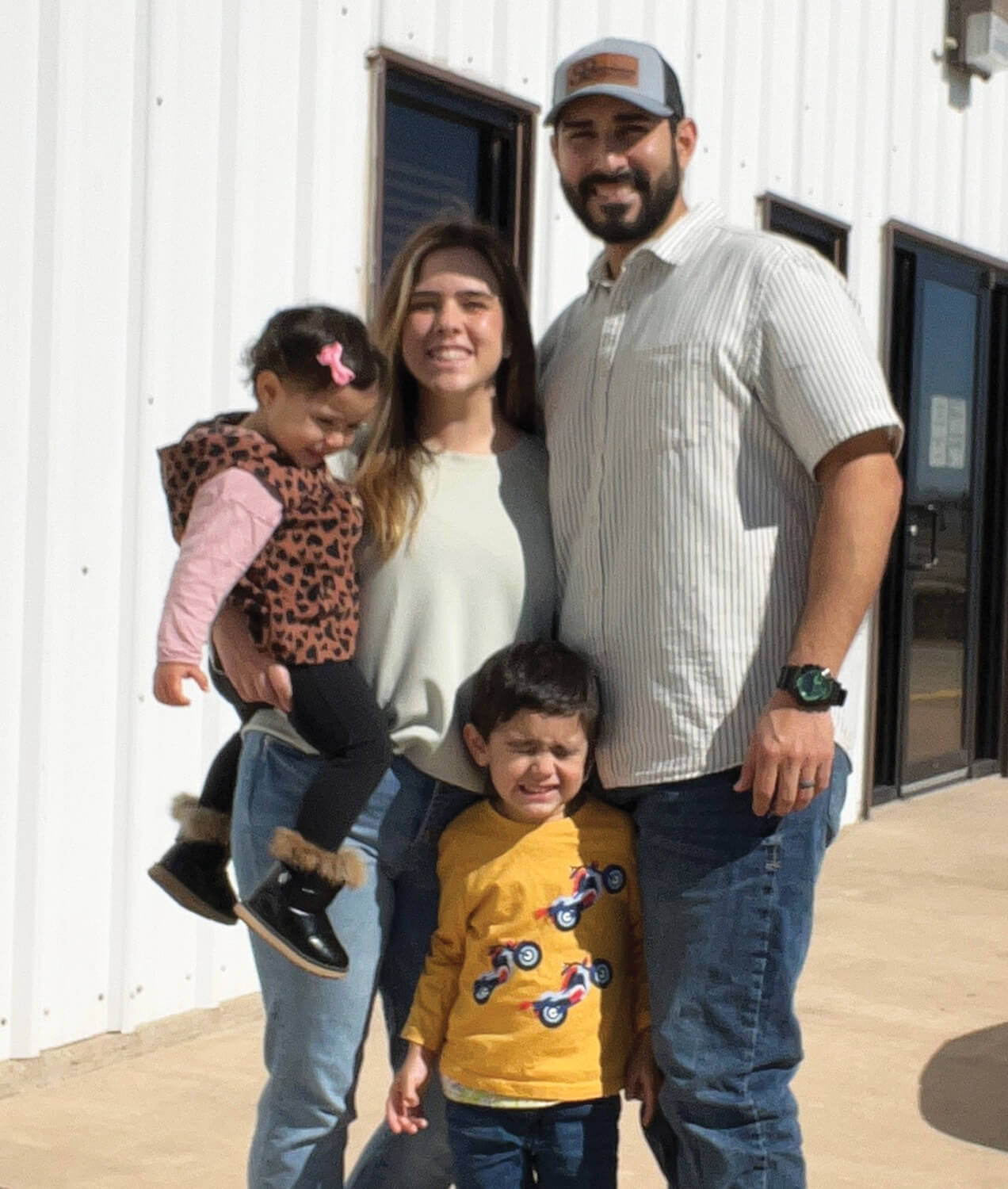
Arthi Vasudevan ‘21
From the courage she gained earning her Rice MBA, Arthi started writing a children’s book on cybersecurity called “Cyberama,” which was published in September. The book raises awareness on internet safety for kids 7-13 through an adventurous thriller focused on AI and a virtual reality game. There is also a character called Cyber Owl in the book, inspired by Rice MBA, of course! So next time Dean Rodriguez asks her, “What did you do after finishing your Rice MBA?” she can say, “I wrote a book.”
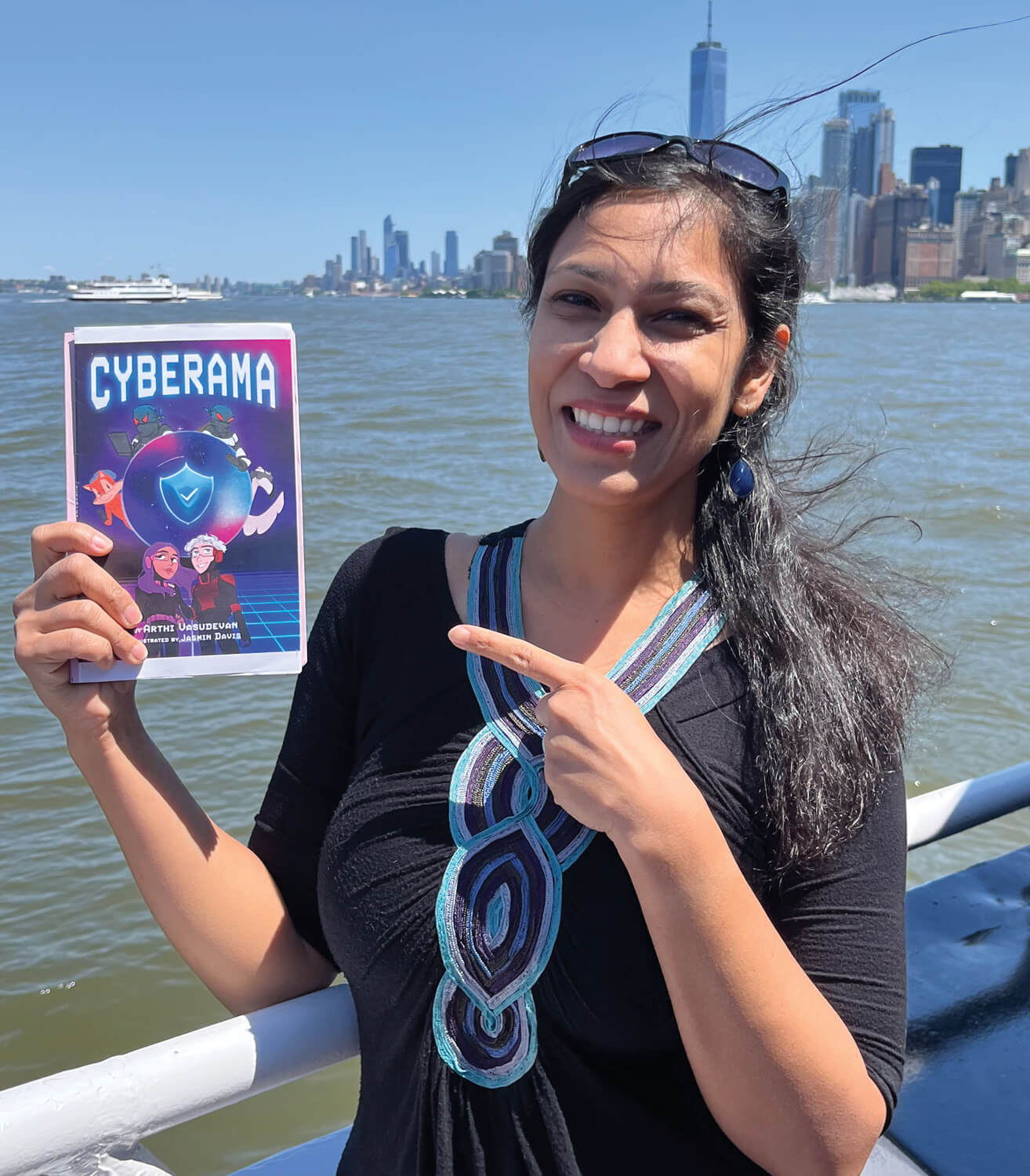
Kimberly Williams ‘21
Kimberly welcomed a new baby girl, Evelyn Rose, on July 2, 2023! The family is so thrilled to have a new future Owl to love.
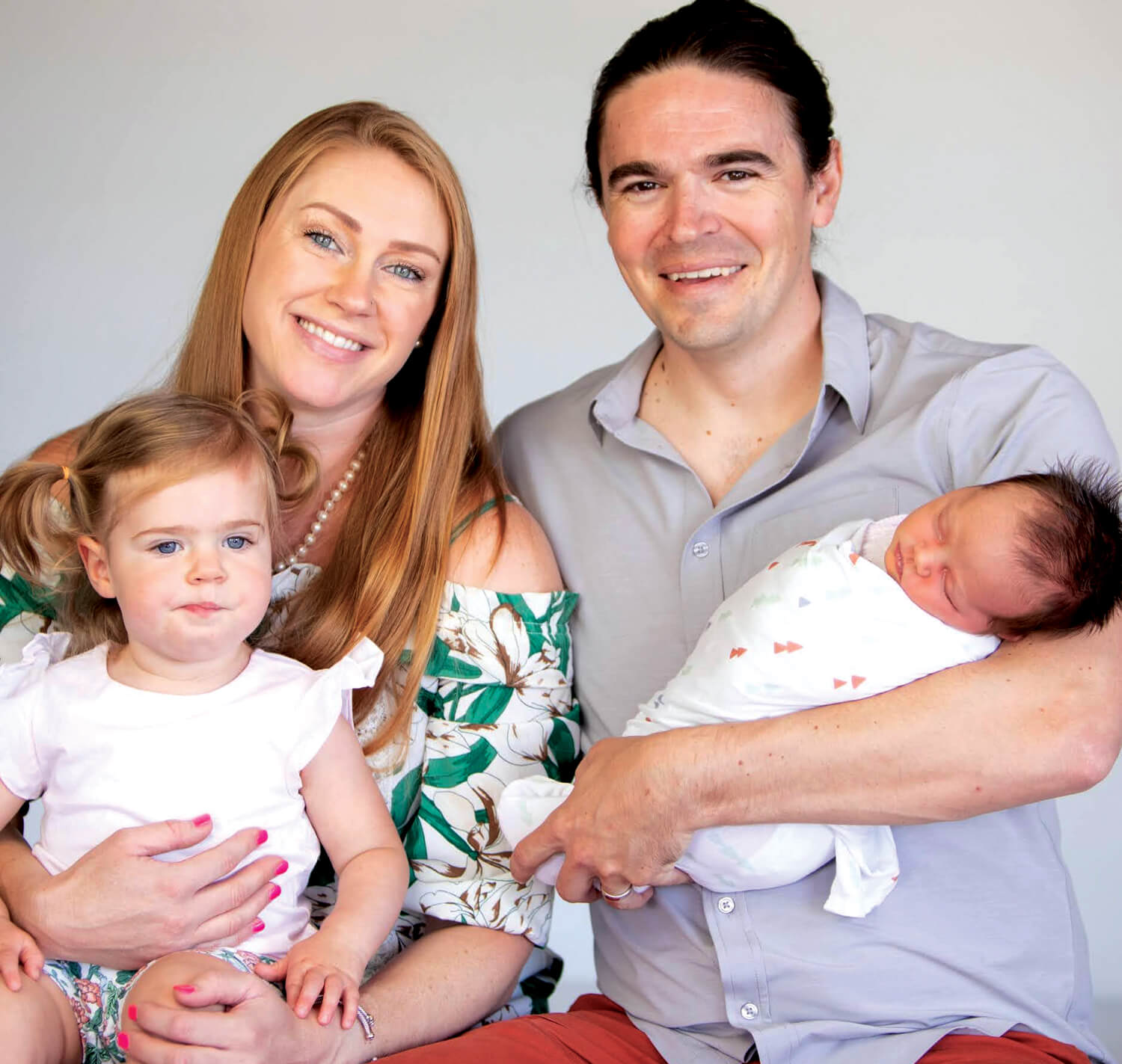
2022
Victoria Cowthran ‘22
Victoria Cowthran (Hills) ’22 found love in Houston two weeks before attending launch as an MBA student in 2020. She married her husband, Dr. Alan Cowthran, on Sunday, June 4, 2023 in a private wedding with family and friends.

Rachel Garcia ‘22
Shortly after the completion of her degree, Rachel was promoted to associate vice chancellor, teaching and learning, at San Jacinto College. San Jacinto College is a local community college on the east side of the Greater Houston area.
Brett Harmeling ‘22
Brett is bringing Verijet airline to Texas and democratizing access to private aviation.

Jason Johnson, M.D. ‘22
Jason was promoted to colonel in the United States Air Force during a ceremony at Ellington Field JRB in Houston in September.
2023
Kat Wright ‘23
Kat joined HP as a technical program manager in May 2023.
2013
Linda Potter (EMBA ’13) passed away from pancreatic cancer July 16. She fought a valiant fight for over three years against the disease. Linda had recently retired from Powell Electrical Systems Inc. after 16 years of dedicated service. She was a passionate volunteer for the Houston Rodeo, Toys for Tots, Girl Scouts and many other organizations. She will be dearly missed.
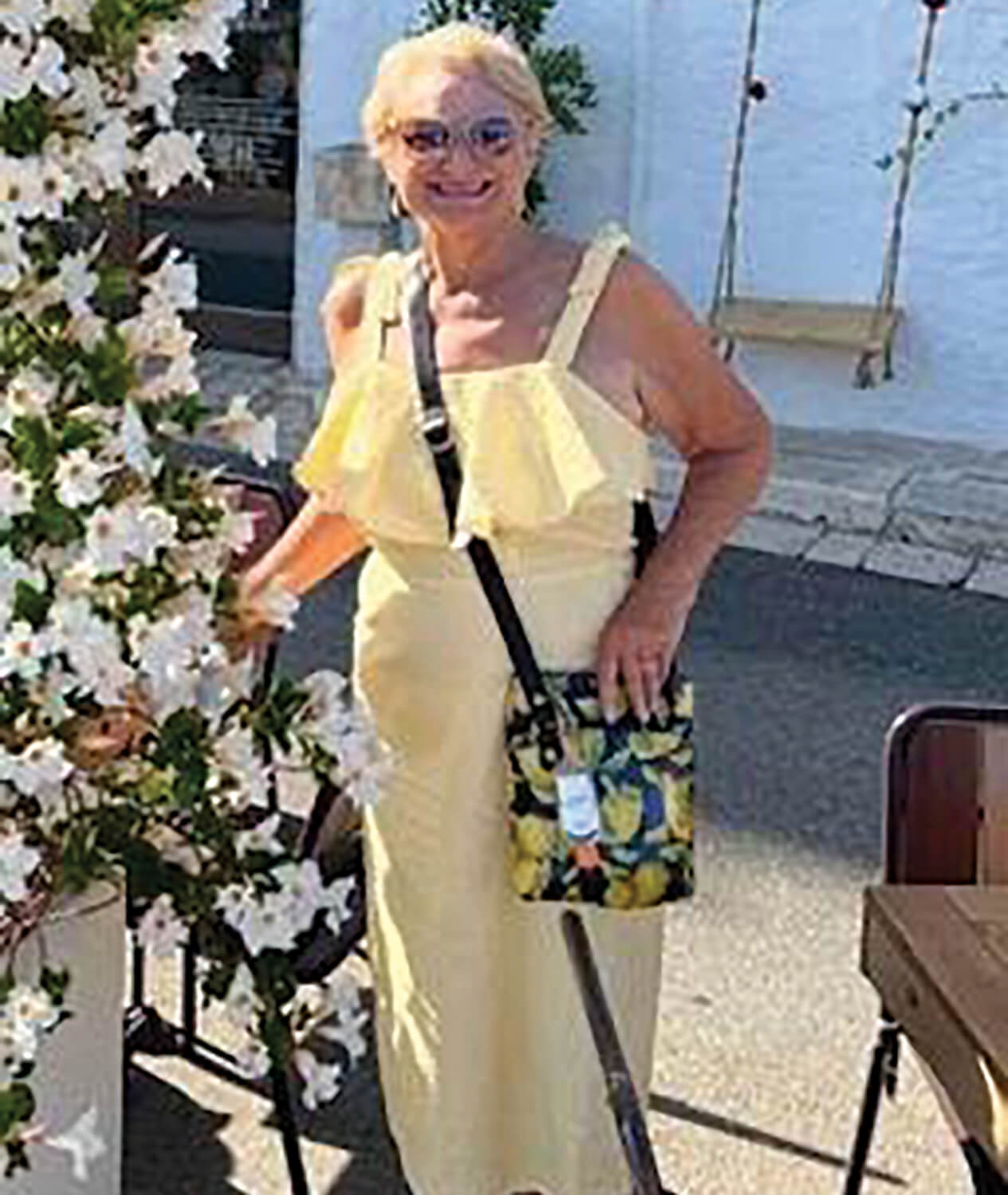
Keep Exploring
The Favorite MBA Professors Of The Class of 2023
Poets&Quants asks its Best & Brightest MBAs and MBAs To Watch to share the faculty member who made the biggest impact on their business school experience. Rice Business professors John Wisneski and Eleanor Putnam-Farr have both been named in this year's list.
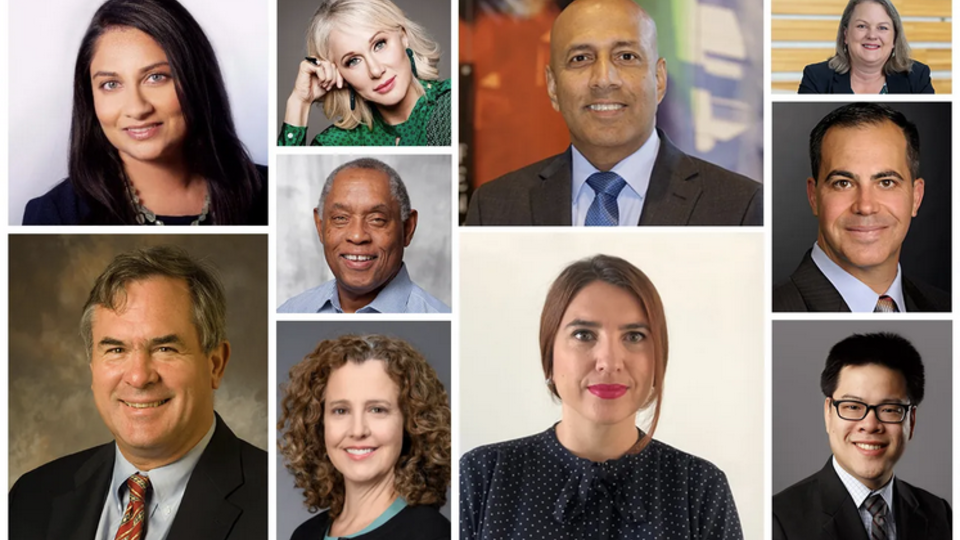
Cup Overflow
How Tyler Clason ‘22 tackled water access and education in Nicaragua.
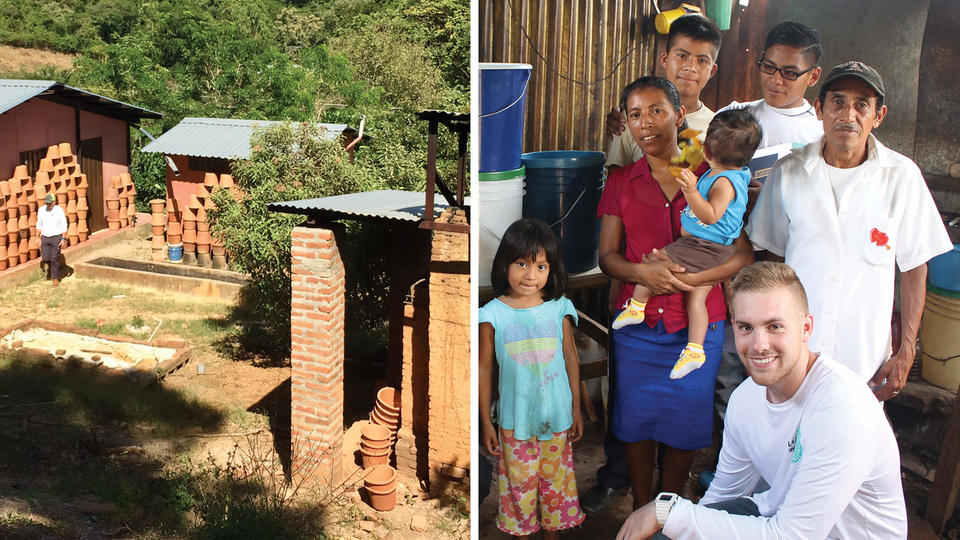
How Tyler Clason ‘22 tackled water access and education in Nicaragua.
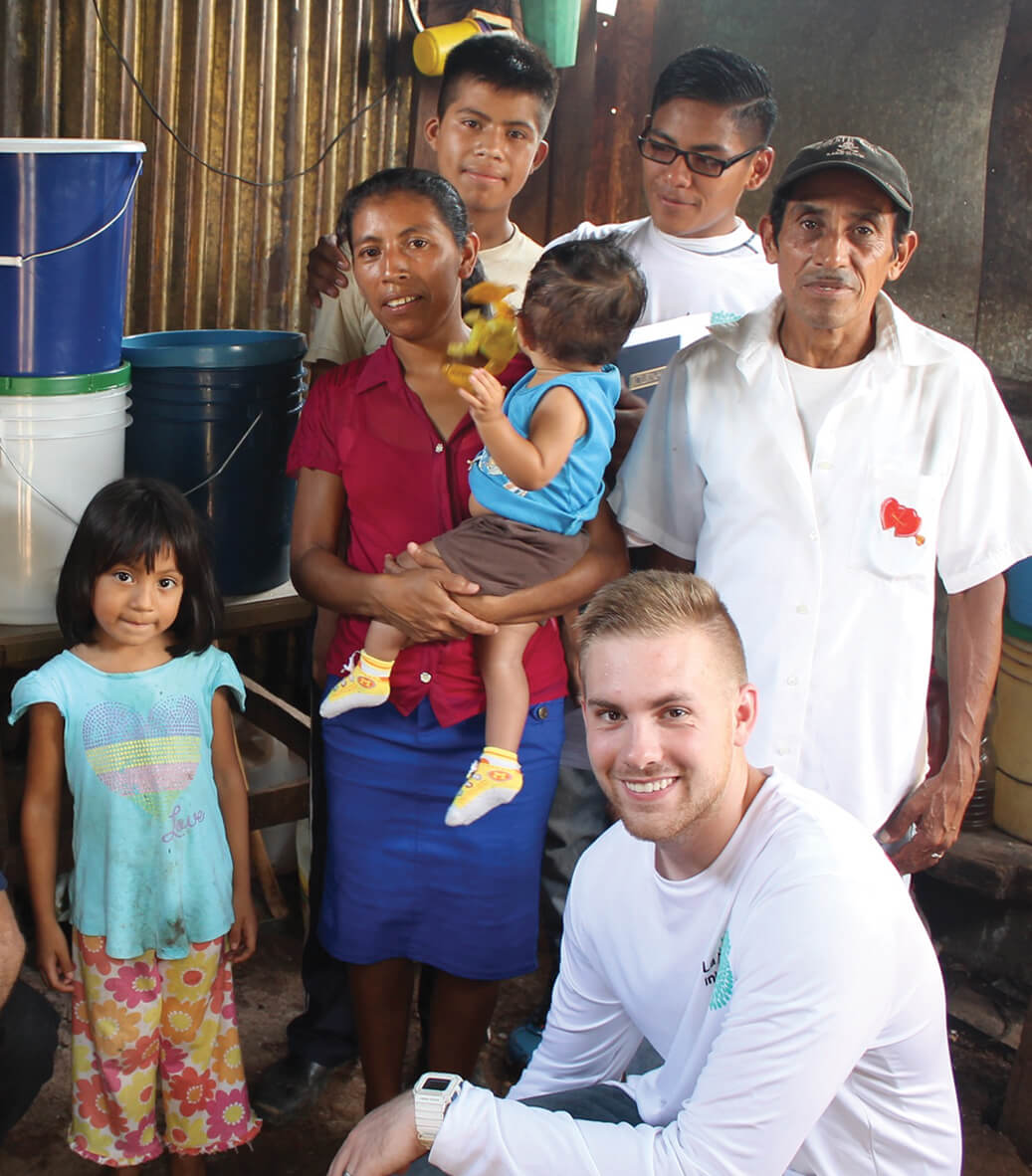
When Tyler Clason walked through La Dalia, Nicaragua, during a mission trip in 2015, rain water slid down the street from a recent storm. It was during that walk that Clason watched a young mother bend down near a rain gutter to catch the runoff in a baby bottle. Then she took that water, added formula, and gave it to her child. Clason knew then that he had to do something about water access in the area, as well as education around water cleanliness and health.
Though Clason loved La Dalia and the coffee and sugar cane farming families that made up the village, the actual living conditions in Nicaragua were tough, so the mother’s water collection technique really wasn’t surprising. “Living conditions are extremely humble in Nicaragua,” says Clason, who had lived and worked in the country for two years. “Most people never had a fridge, never had air conditioning, never had an automobile, never had a bicycle. Homes were made of plastic tarps or bamboo paneling or cinder blocks — but even cinder block was considered a luxury in some areas.”
When it came to running water, things didn’t look much better. Some homes had running water. Others did not. Clason’s hut was part of the 25% of Nicaraguan homes that were hooked up to the municipal system, so he was lucky in the fact that water came out of the pipes, but when he went to drink his first glass in his new home, he saw that it was teeming with mosquito larvae. “In some situations,” says Clason, “the municipal water system is less healthy than a natural water system.”
When Clason returned to Brigham Young University, where he was pursuing his bachelor’s degree, he got to work creating what would eventually be called OneWater — a nonprofit aimed at education around and accessibility to clean water in Nicaragua. Creating a nonprofit can be difficult — finding funding and volunteers can be a struggle — but the journey is compounded when the nonprofit is in a foreign country. Clason learned two things early on. One, he would need the locals’ help in order to make OneWater work, especially in a country that harbored distrust for Americans. Two, he would need a career that would allow him to support OneWater with his time, as well as financially. OneWater would never be a source of income. Clason wrote into the bylaws of OneWater that only local Nicaraguan labor would receive compensation/salary.
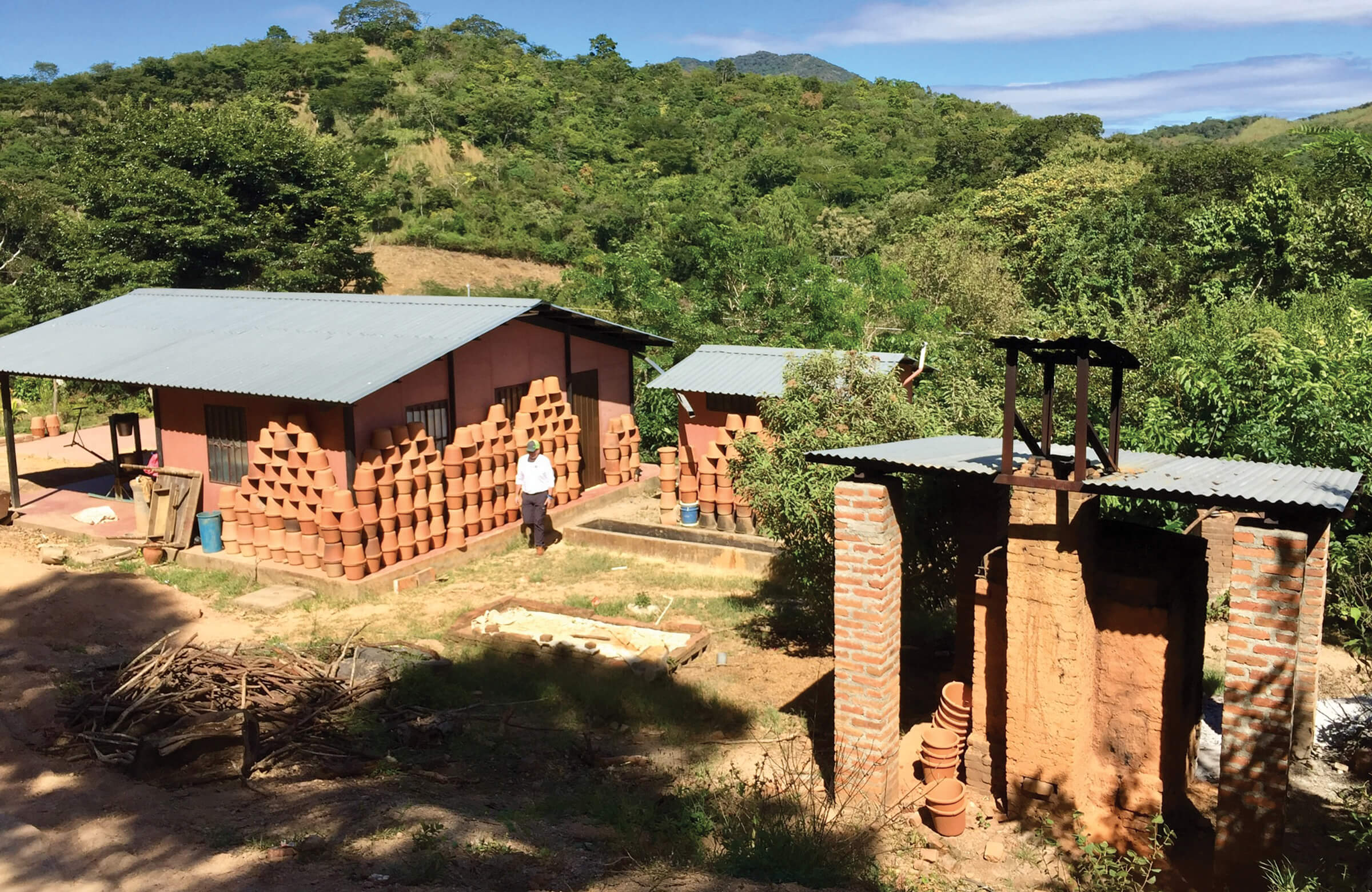
To achieve the former, OneWater’s board created the role of local agents, often called village Water Captains, who are trained in filtration systems and OneWater’s educational materials. Local agents act as liaisons between OneWater and the homes in their villages, helping to troubleshoot filtration system problems and identifying villagers who need the filtration systems the most.
To achieve goal number two, Clason left his role with Ernst & Young to pursue his MBA full time with the aim of continuing a career that would allow him both financial flexibility and work-life balance to continue to make OneWater a success. “Rice was a no-brainer,” says Clason. “This is a school that prides itself, rightfully so, on having global impact and accepting students from all over the world.” That global business strategy was a must-have for Clason, who ultimately joined Dow Chemical in a Global Corporate Strategy role. Joining Dow after his MBA aligned with this goal as well. “A career with Dow post-MBA allows me to further develop my global business acumen.” He admits that right now, it’s difficult for him to step aside from the day-to-day of OneWater and focus on his post-MBA early-career development. “I want to be involved, but that’s selfish because it’s not about me. It’s about the people in Nicaragua,” he says.
“I just love it. I love being down there in person. I love doing the work. I love talking to the people. I love solving the problems.”

He relies heavily — and is grateful for — an expert operations team in country. “I am able to hone skills learned at Rice in sustainability, global business and strategic problem-solving in my career at Dow that will help develop me to be a better leader and ultimately drive more value with OneWater.”
Clason also relies heavily on the State Department to protect himself and his employees and volunteers. The anti-America sentiments in Nicaragua are so strong that Clason has had rocks thrown at his head and was robbed several times at knifepoint and once, with a machete. “It became an unfortunate pattern,” says Clason, “but you know what? I was never jaded by it. It never impacted how I feel about the Nicaraguan people.” In response, OneWater has built tight processes and controls for the team, and they’re careful to make sure that Nicaraguans are leading the effort. “It’s always a Nicaraguan leading the conversation in the work we’re doing down there.”
The model seems to be working. To date, OneWater estimates that they have helped filter more than 1 million gallons of water for Nicaraguan families and saved those families $40 a month and 900 hours of time that is normally spent carrying or cleaning water, or attending to family members’ health issues caused by contaminated water and systems.
Though he loves the travel, the place, the work, the people and the problem-solving, Clason wants to ensure that OneWater can operate without him. “A bunch of Americans can go down and do the work, but the greatest part is that when we leave, it’s a continual operation, whether we’re there or not,” he says. “And that, ultimately, is what we want OneWater to be.”
Learn more about OneWater at one-water.org
Keep Exploring
Step Into Stephen Zeff's Office
Renowned accounting professor Stephen Zeff recently celebrated his 90th birthday, but he isn’t slowing down.
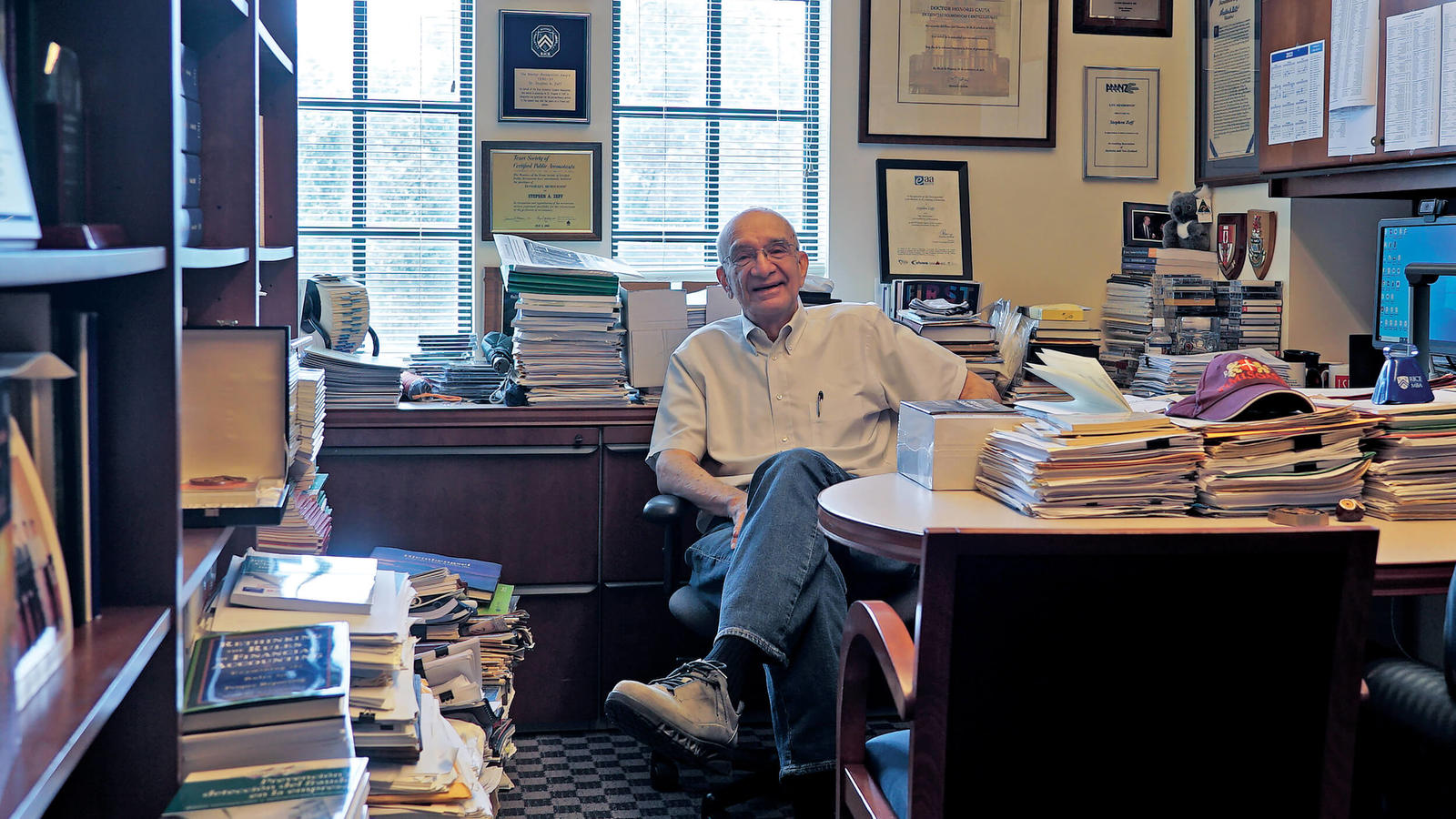
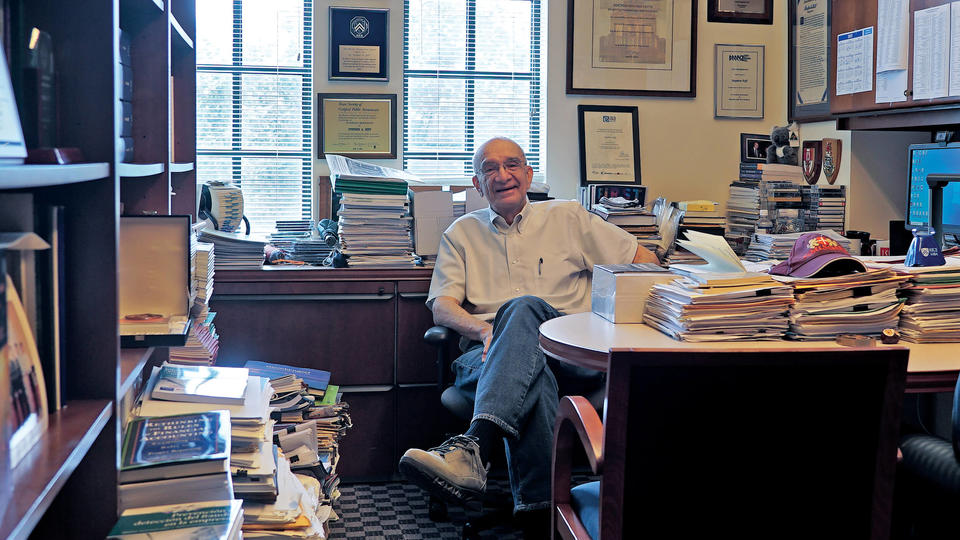
Where there’s room for both wisdom and whimsy
Renowned accounting professor Stephen Zeff recently celebrated his 90th birthday, but he isn’t slowing down. Earlier this year, he gave two major international lectures in Finland and England. His youthful energy comes from teaching, he says. “If you stop moving, learning and growing, your students are going to leave you behind.”
Zeff’s office is a tight but magical space, especially if you love books and enjoy talking about history and travel. His walls are lined with texts, awards and personal effects, and his space includes not just one – but two – overflow areas in McNair Hall that house his one-of-a-kind collection of accounting materials dating to the early 1900s.
We recently spoke with Zeff about some of the objects in his office that mean the most to him:
- A custom-made bobblehead doll resembles the professor. His department colleagues gifted it to him in 2011 during a dinner in Denver to commemorate his 50th year as an academic. The dinner was attended by more than 50 accounting faculty colleagues from around the world, at the time of the annual meeting of the American Accounting Association.
- A crystal clock sits on the shelf where he keeps the books he’s written or edited — a total of 32 during his storied career — from biographies of pioneer accountants to histories of accounting as a discipline.
- Zeff’s three honorary doctorates line the wall behind his desk — from universities in Canada, Finland and Spain. An avid internationalist, Zeff has given countless lectures (including in Spanish!) and held numerous visiting appointments around the world.
- A small black-and-white photo of his family was taken in the 1940s. The photograph signifies the things that matter most to Zeff: family, history, travel and connecting with people.
Among fellow accounting historians, Zeff has a reputation as someone who treasures old books. It’s a reputation he enjoys. His two overflow spaces are tucked away in the Business Information Center (BIC), and his archive is likely the only of its kind. Many of the books and journals here have not been digitized and constitute the only remaining copies. Zeff’s textual rescues have proven essential to dozens of researchers in the field.
Here’s to many more years!
